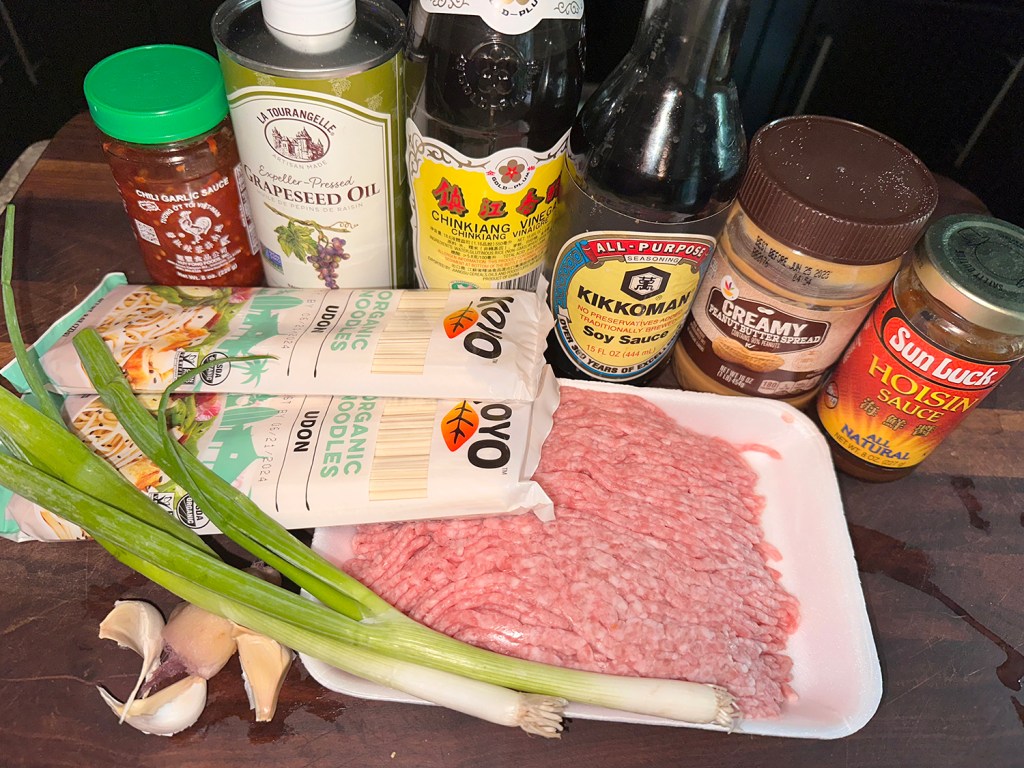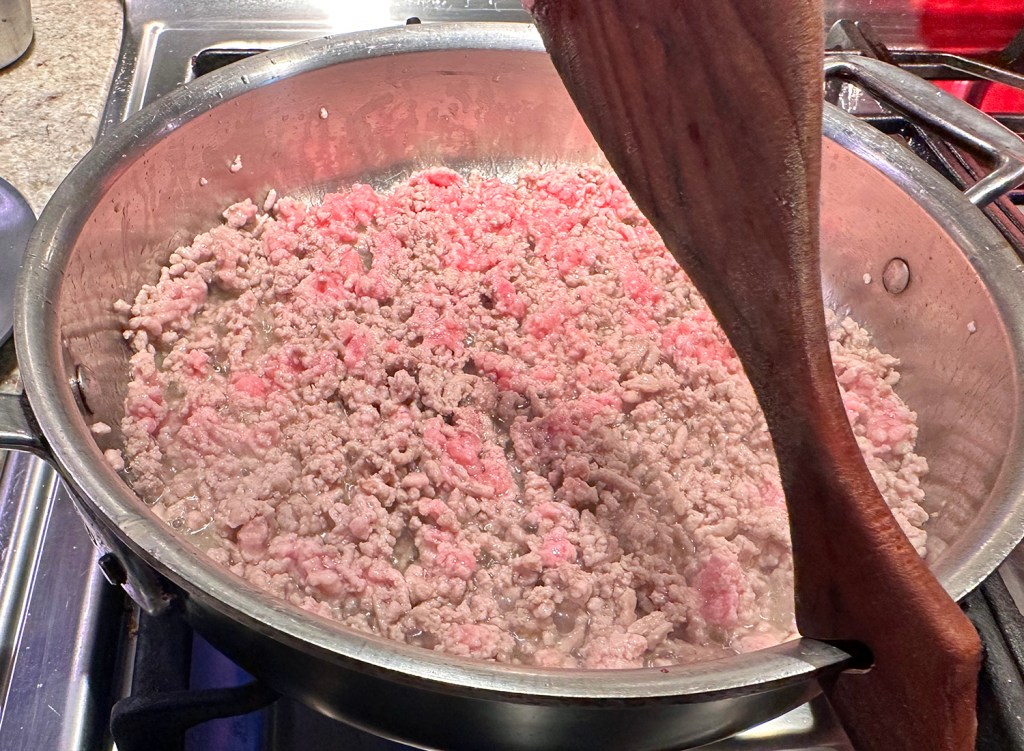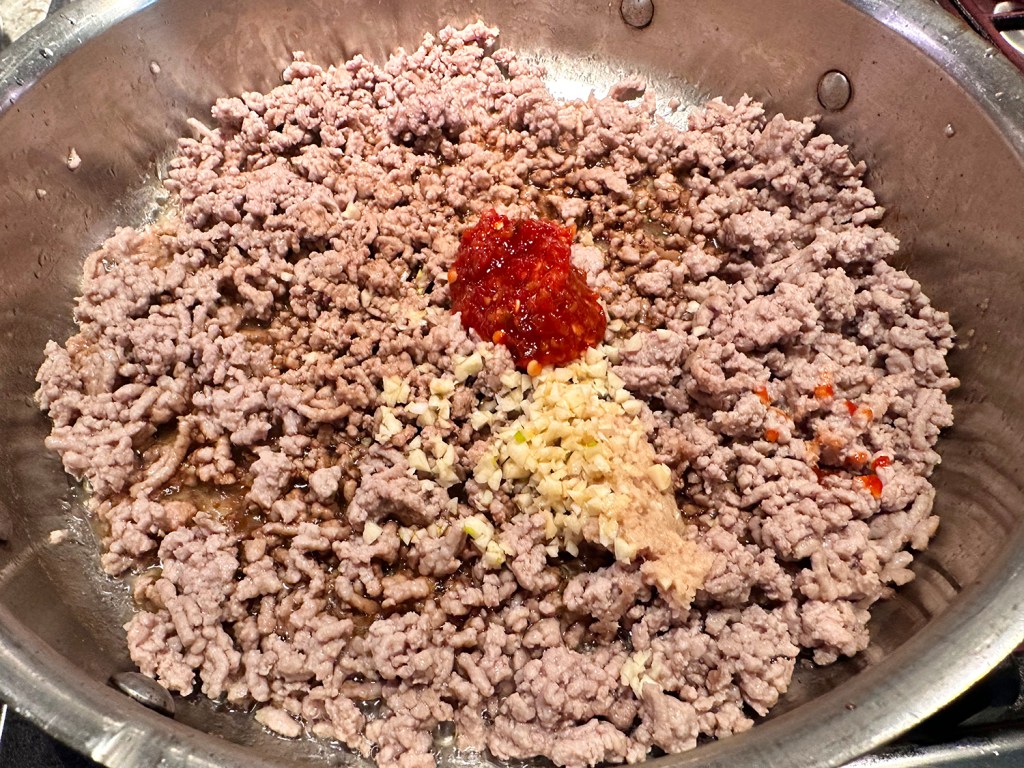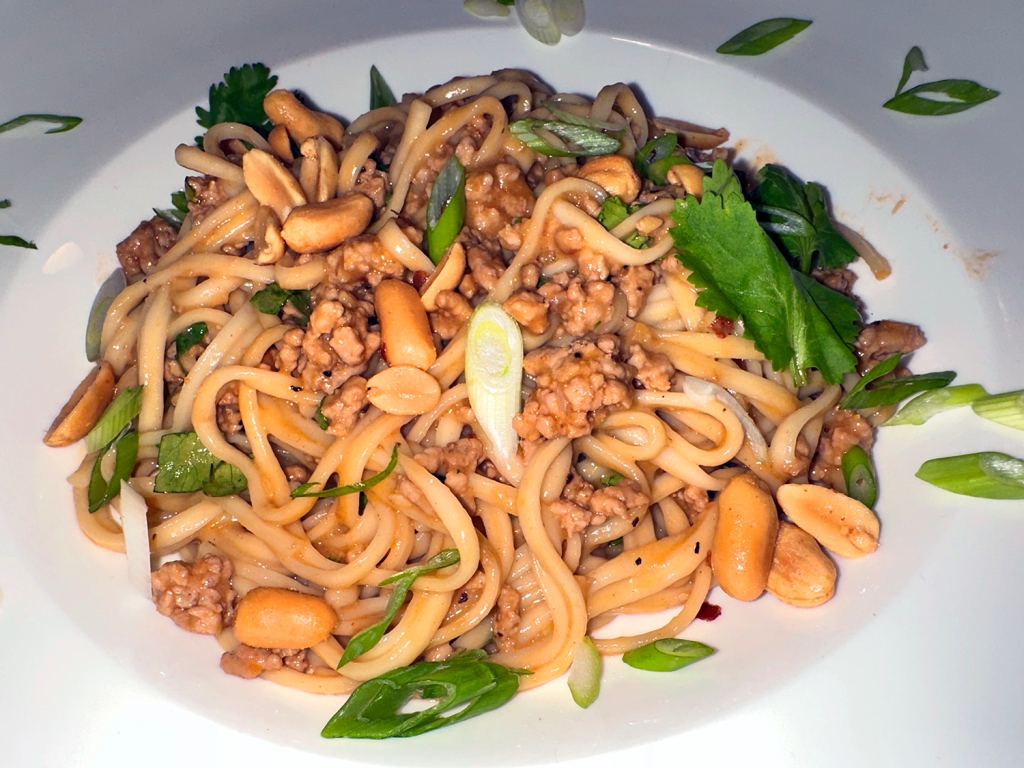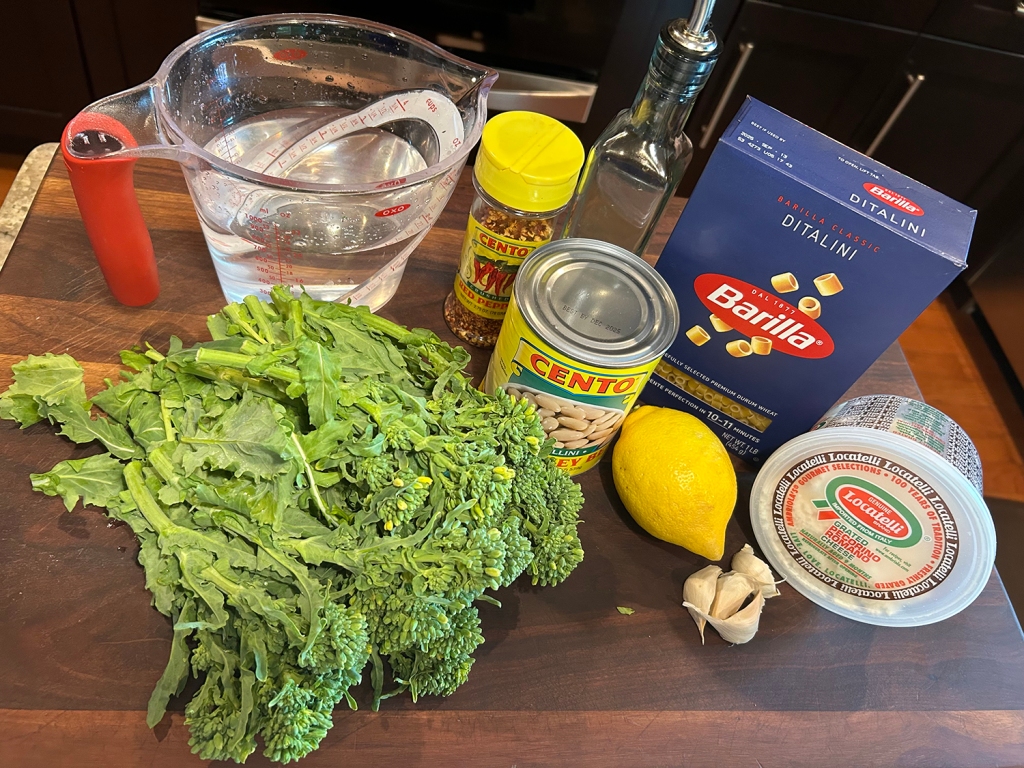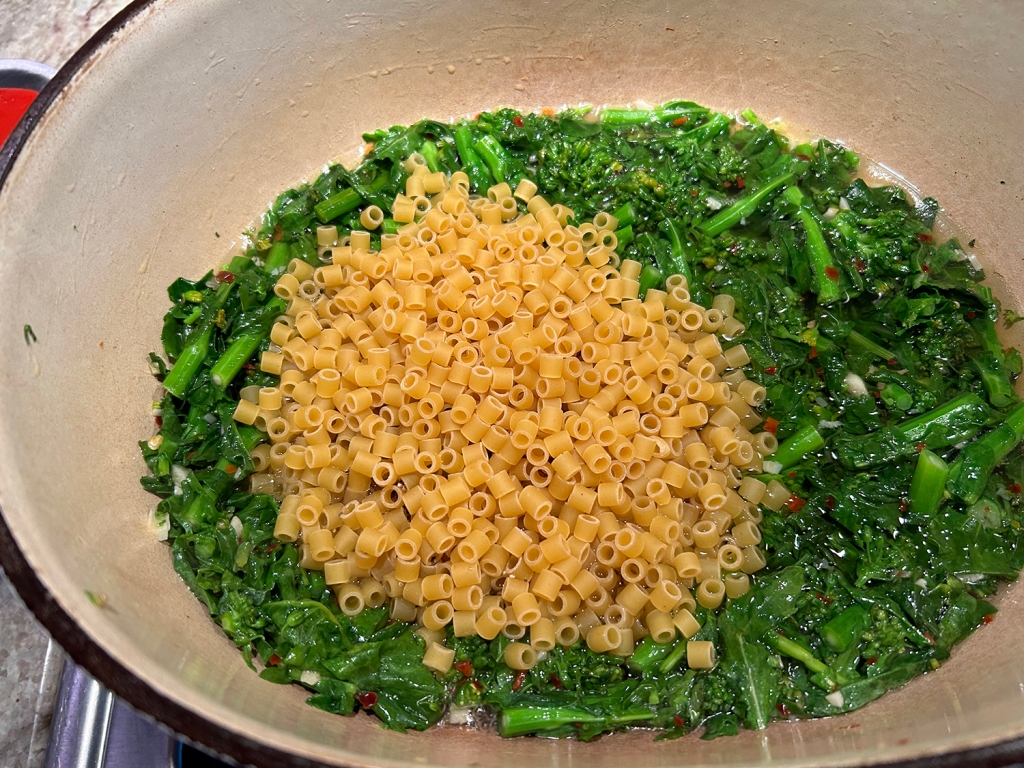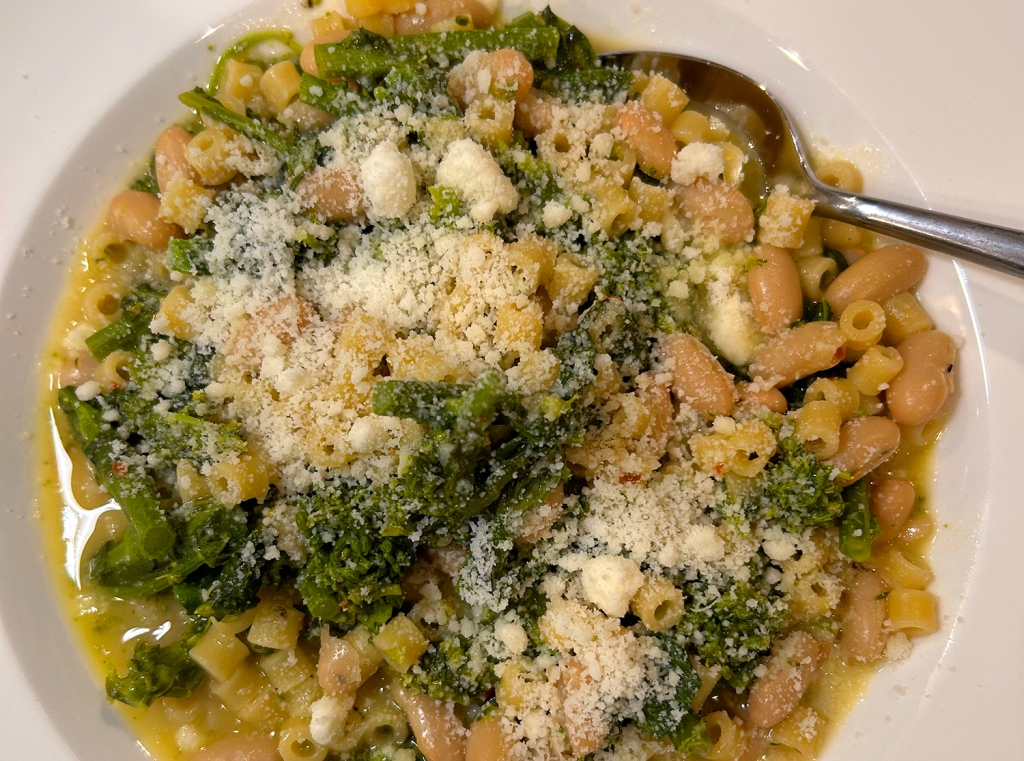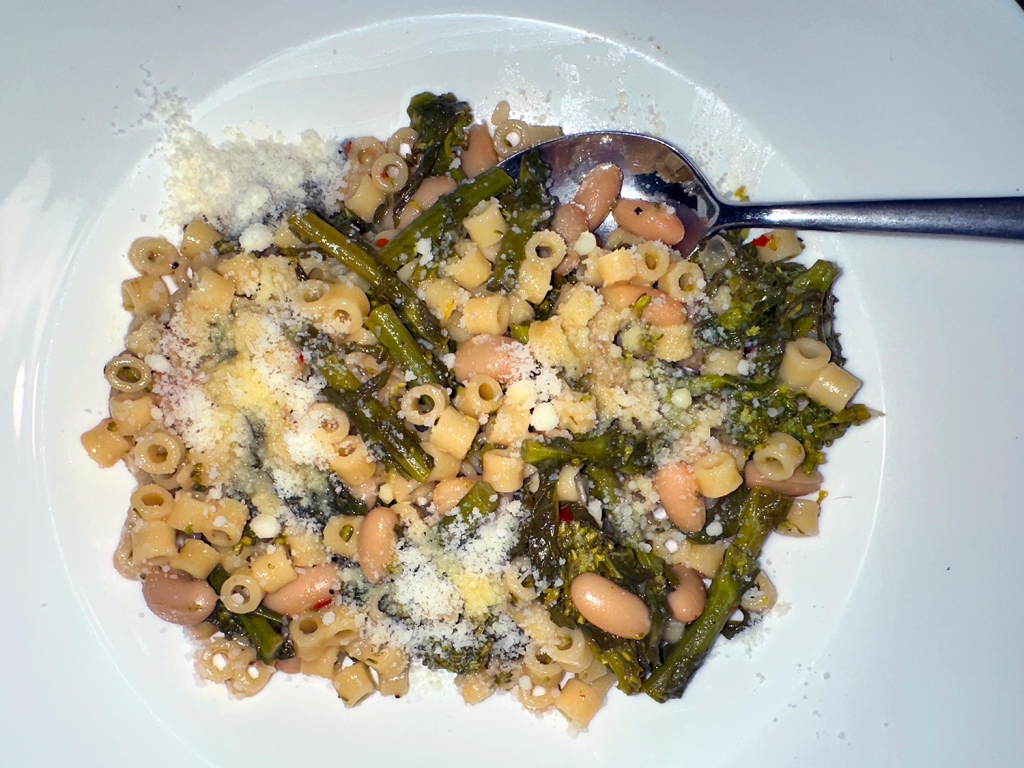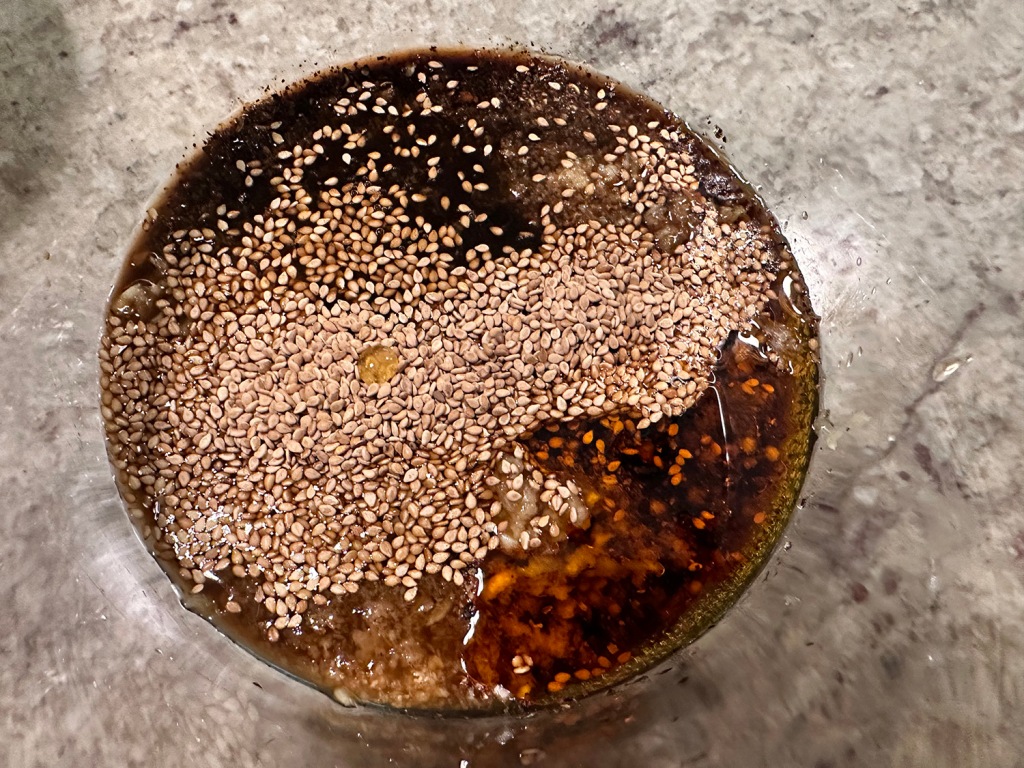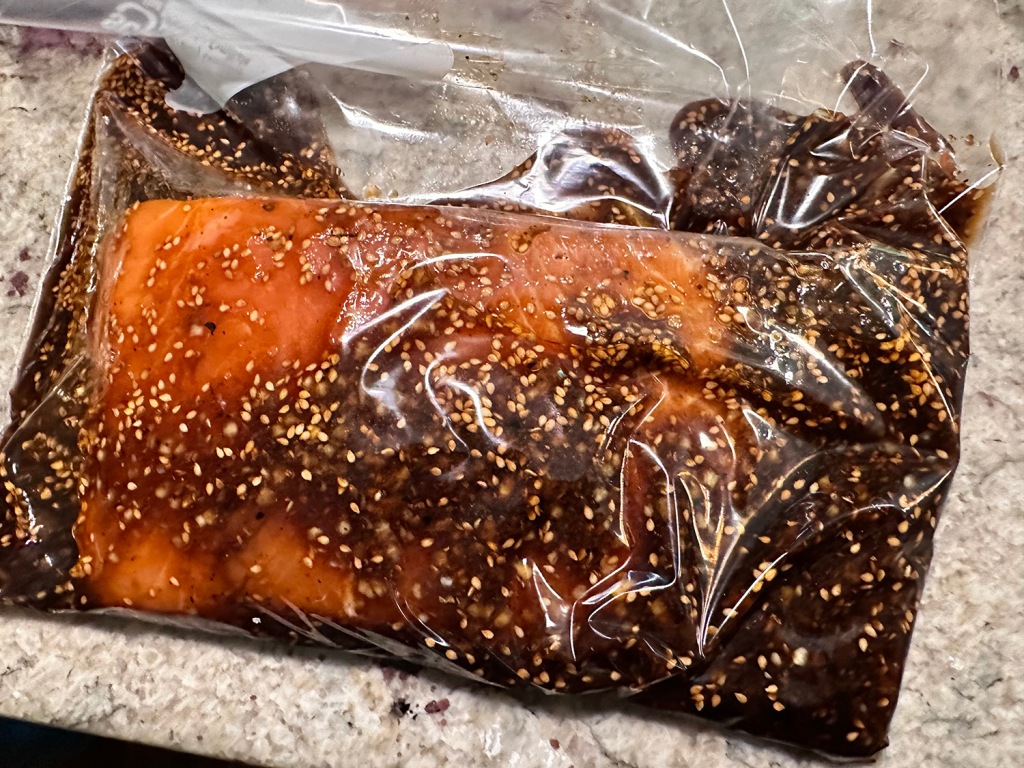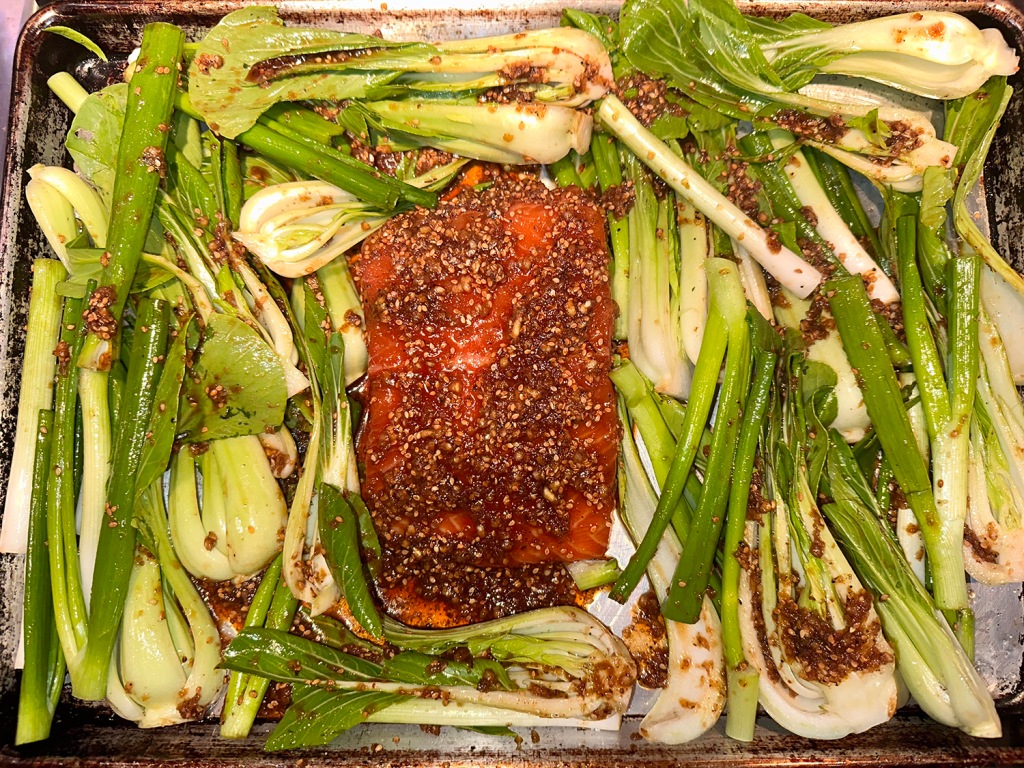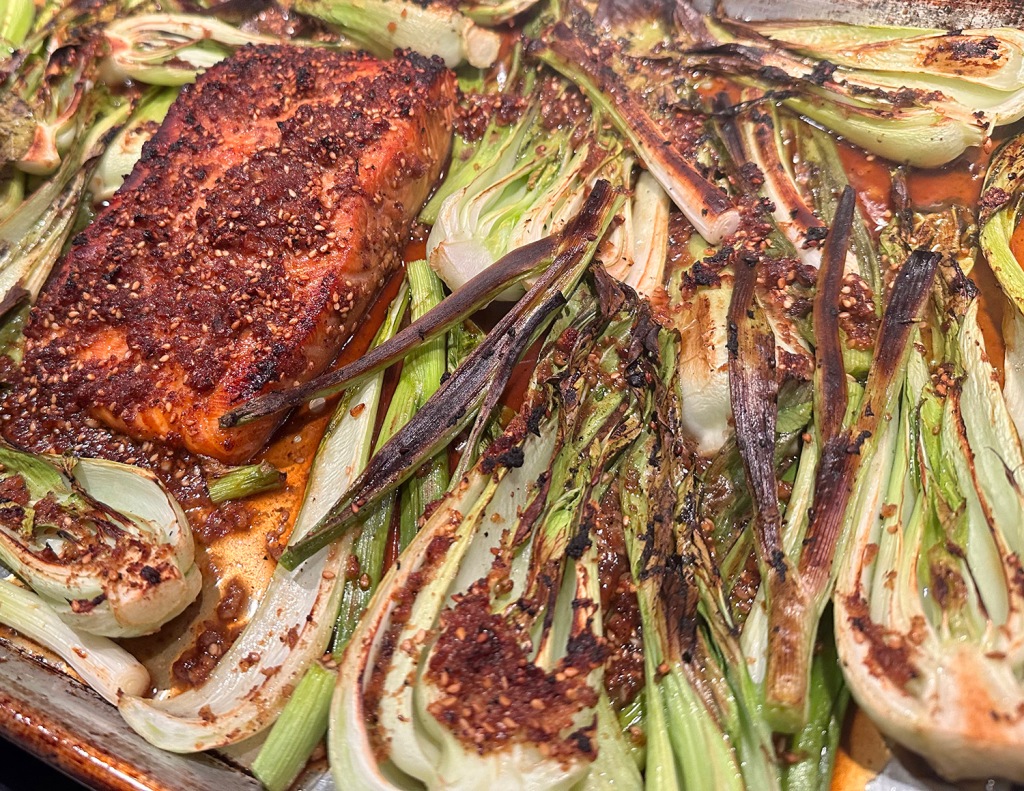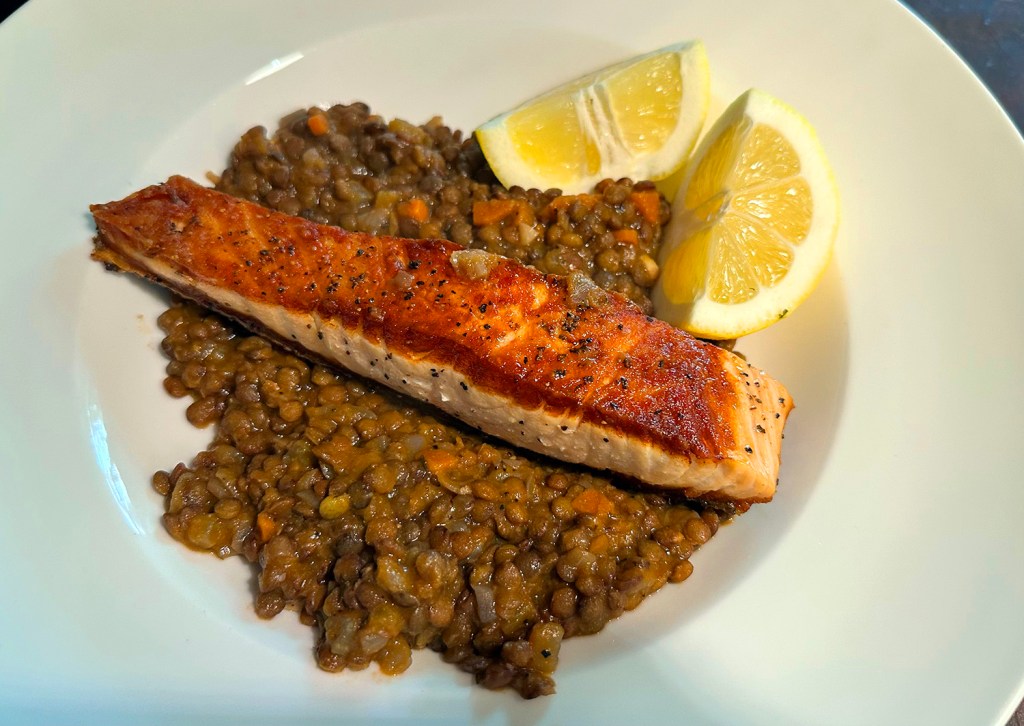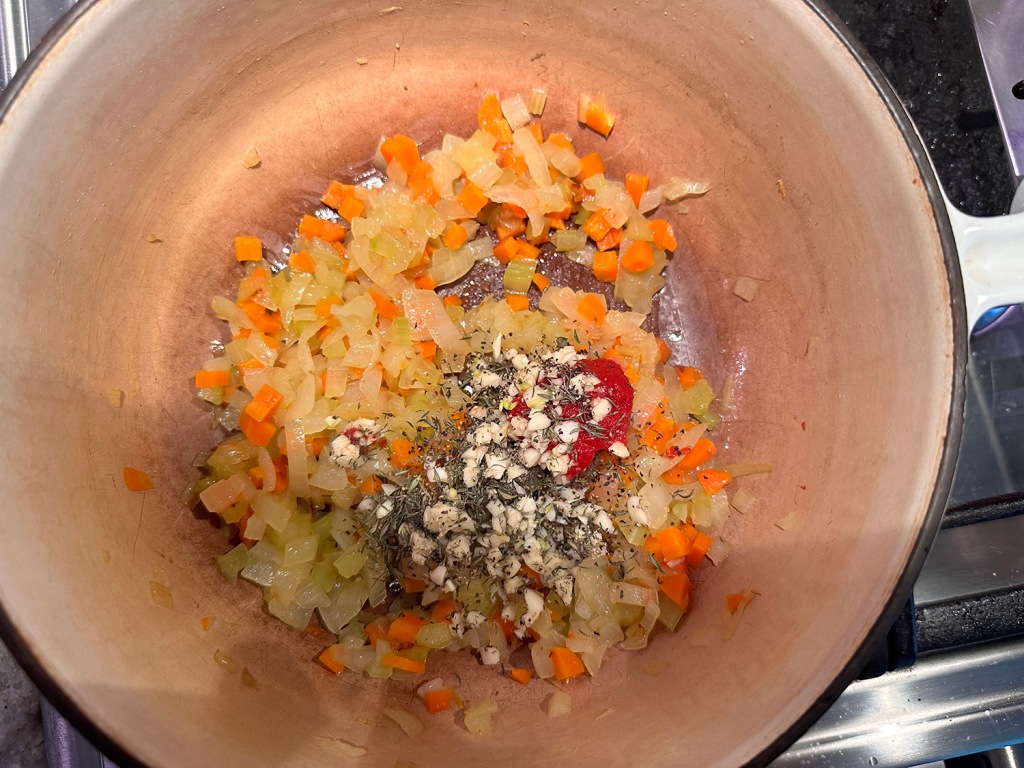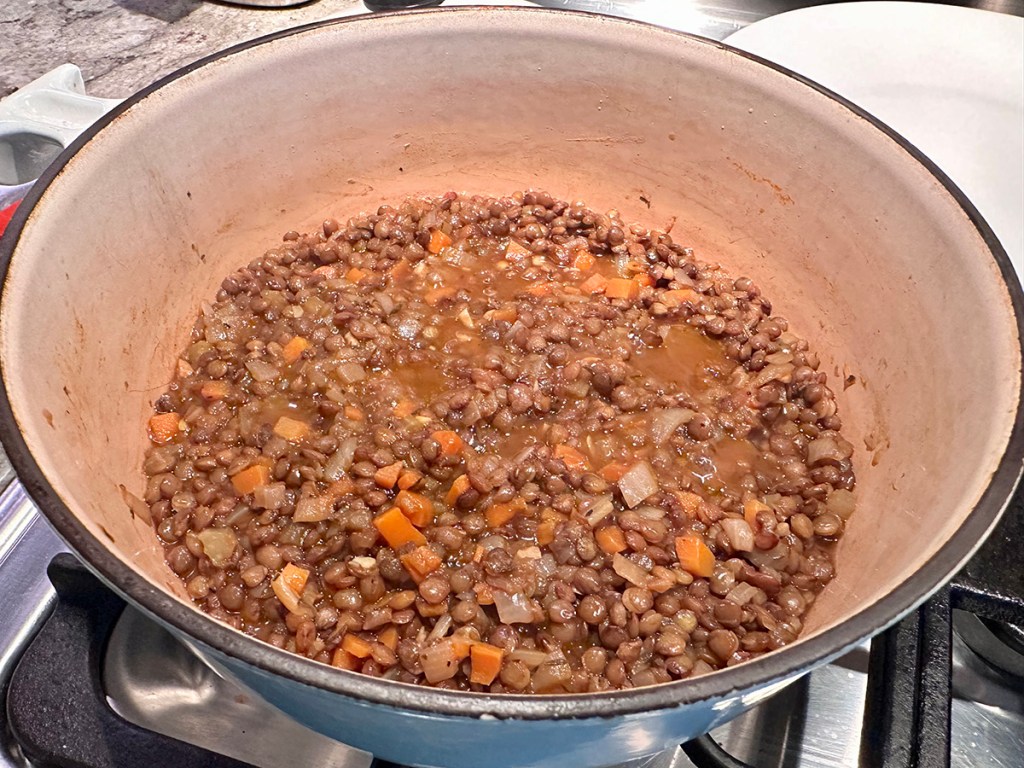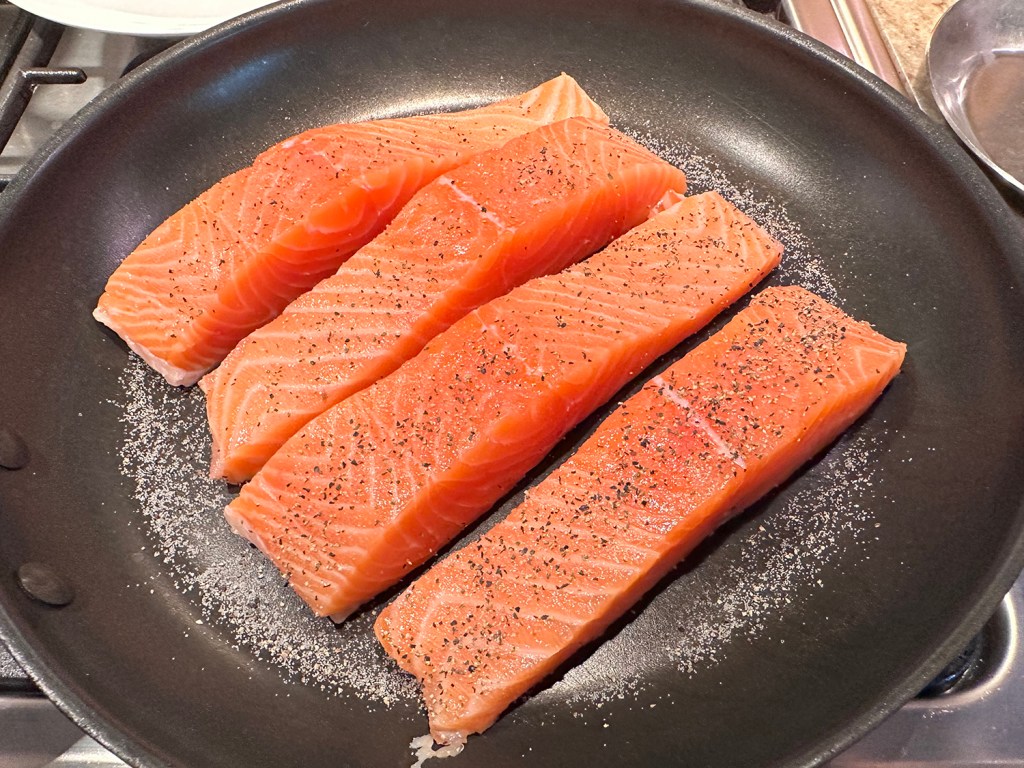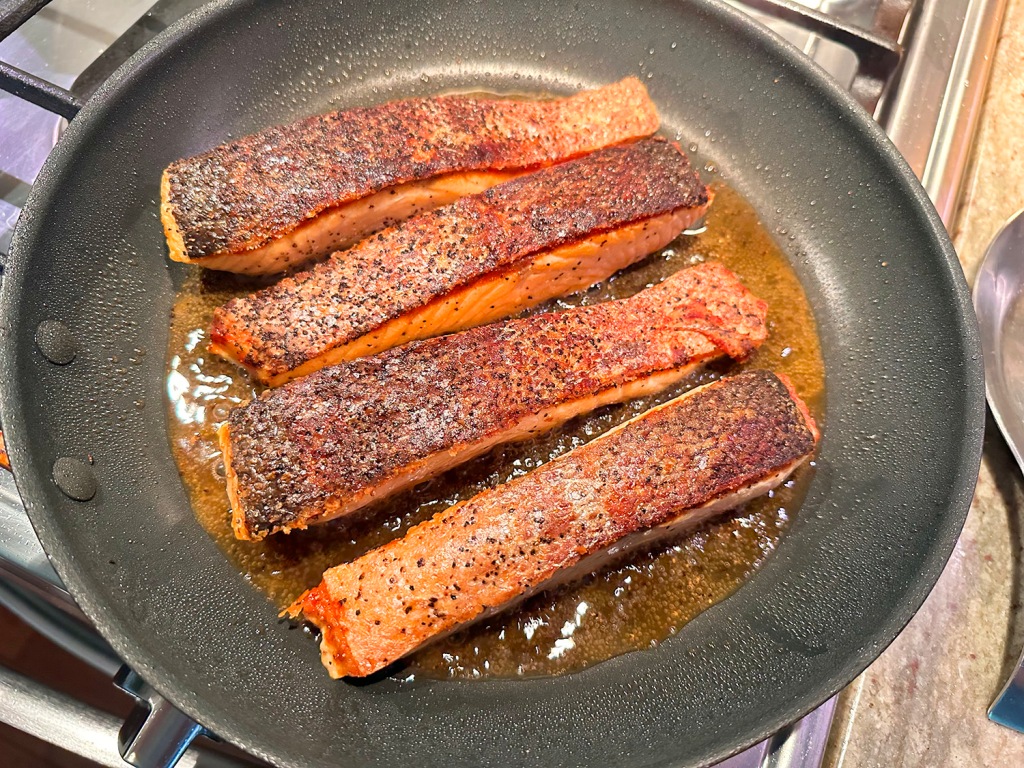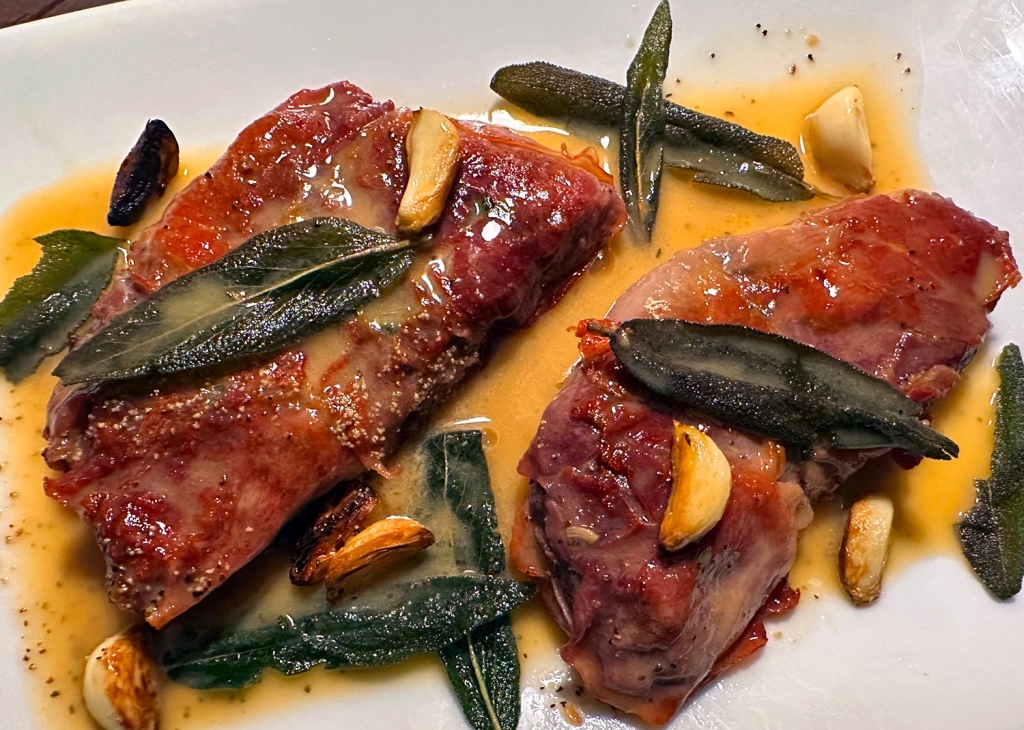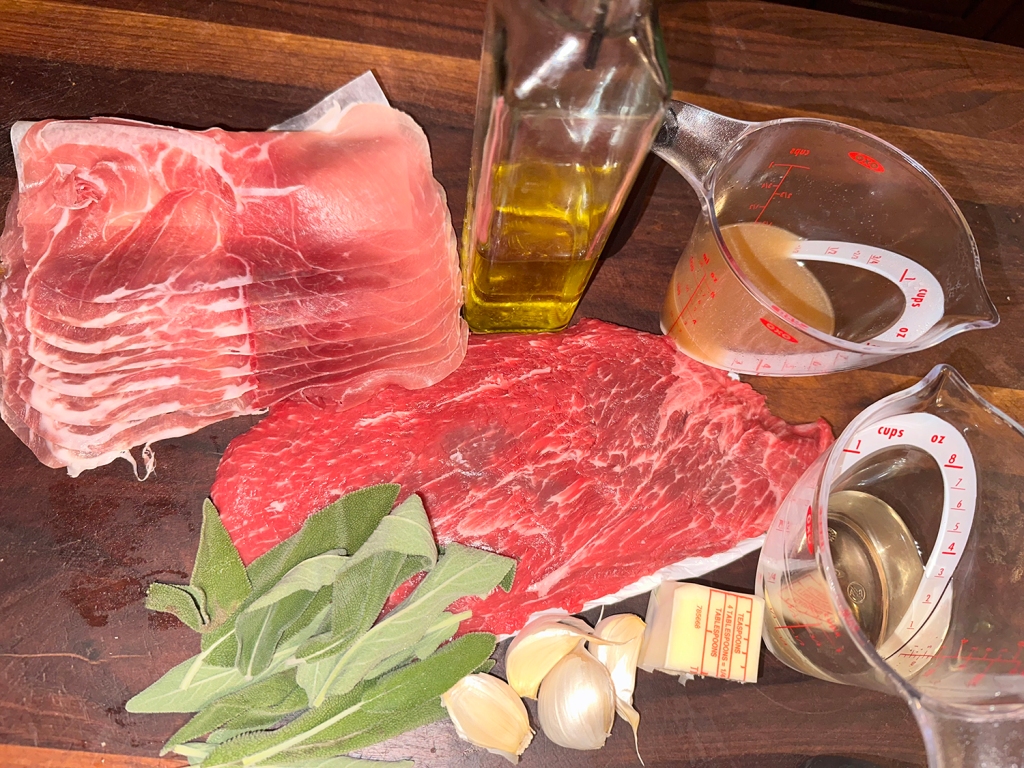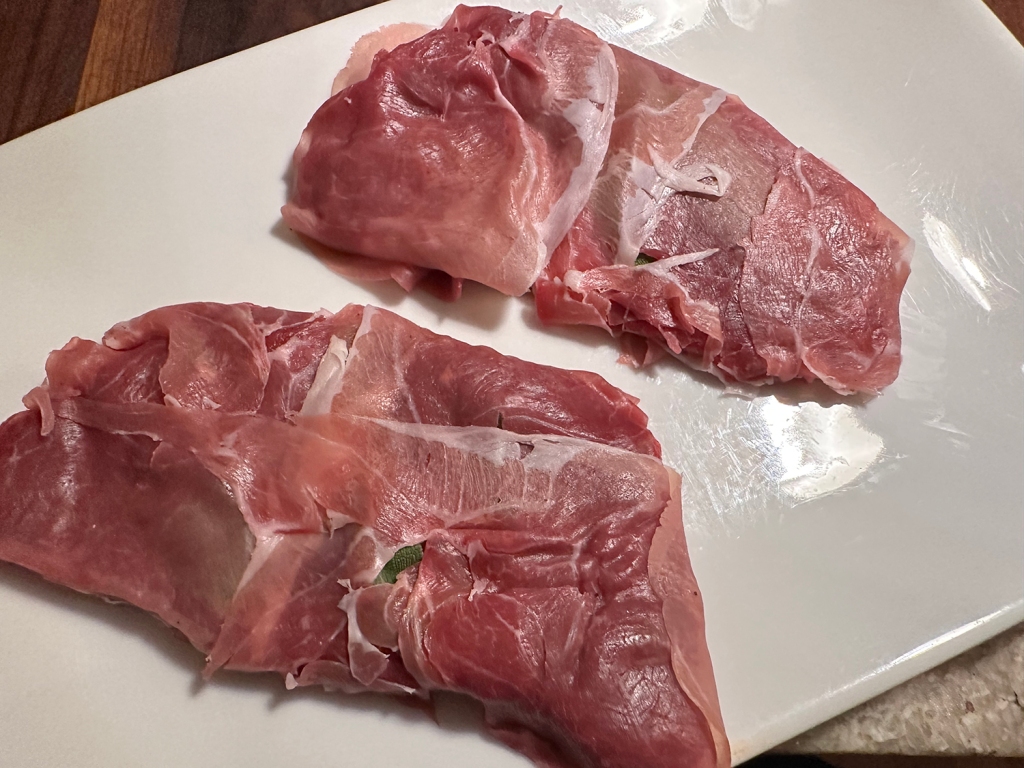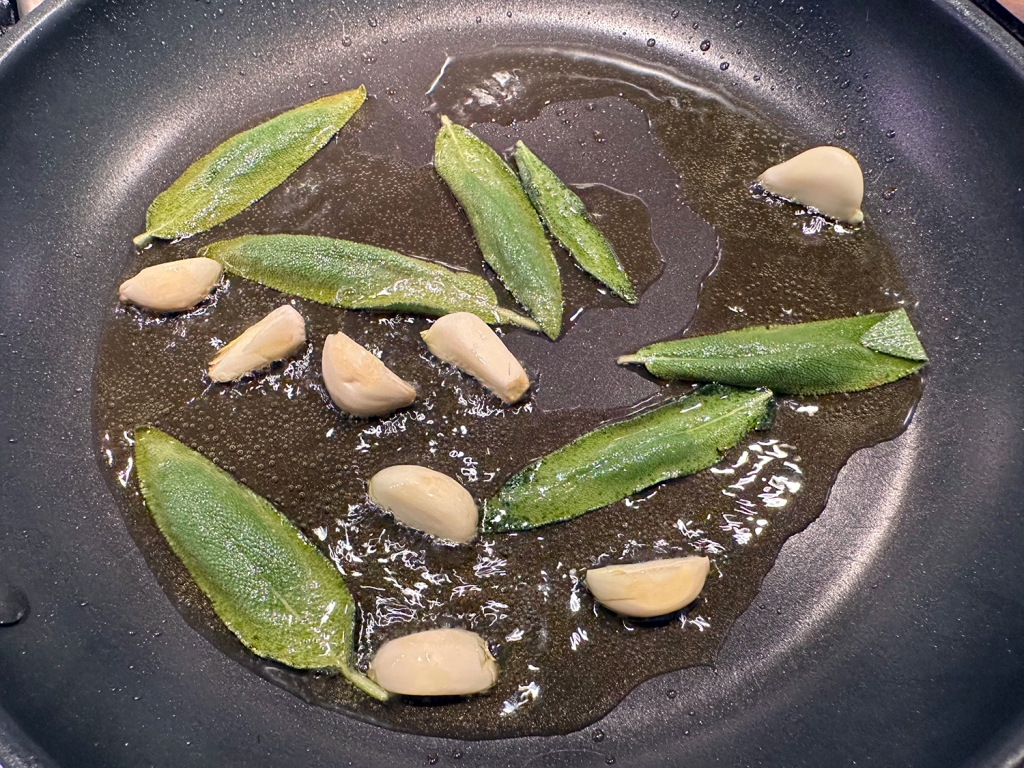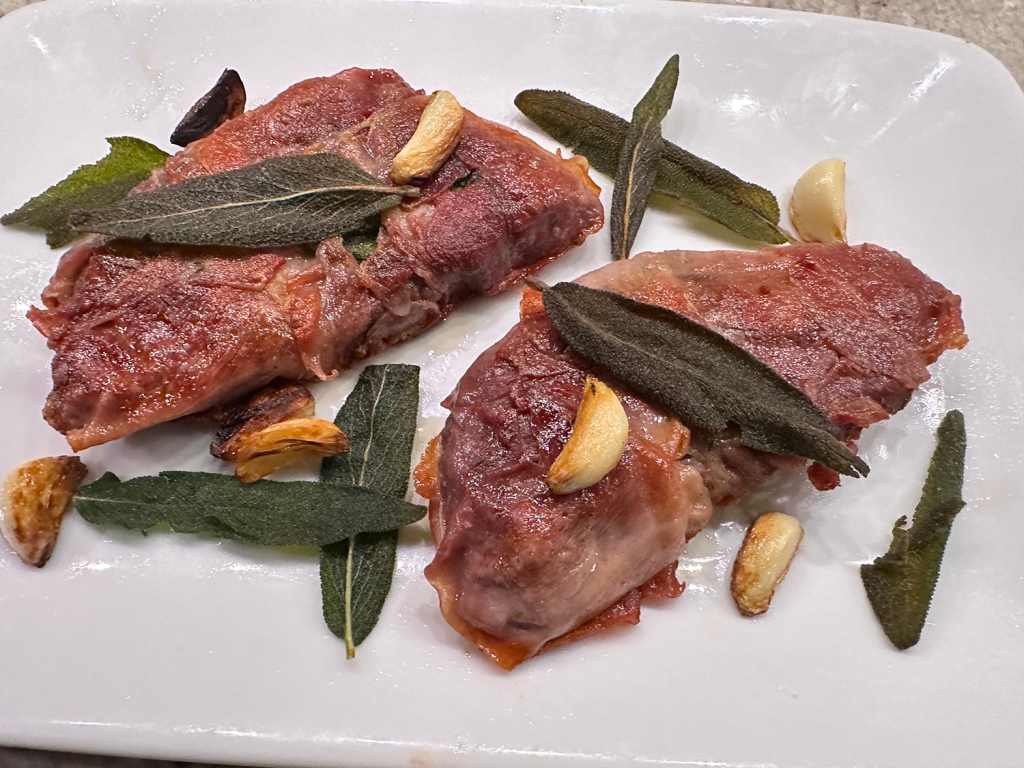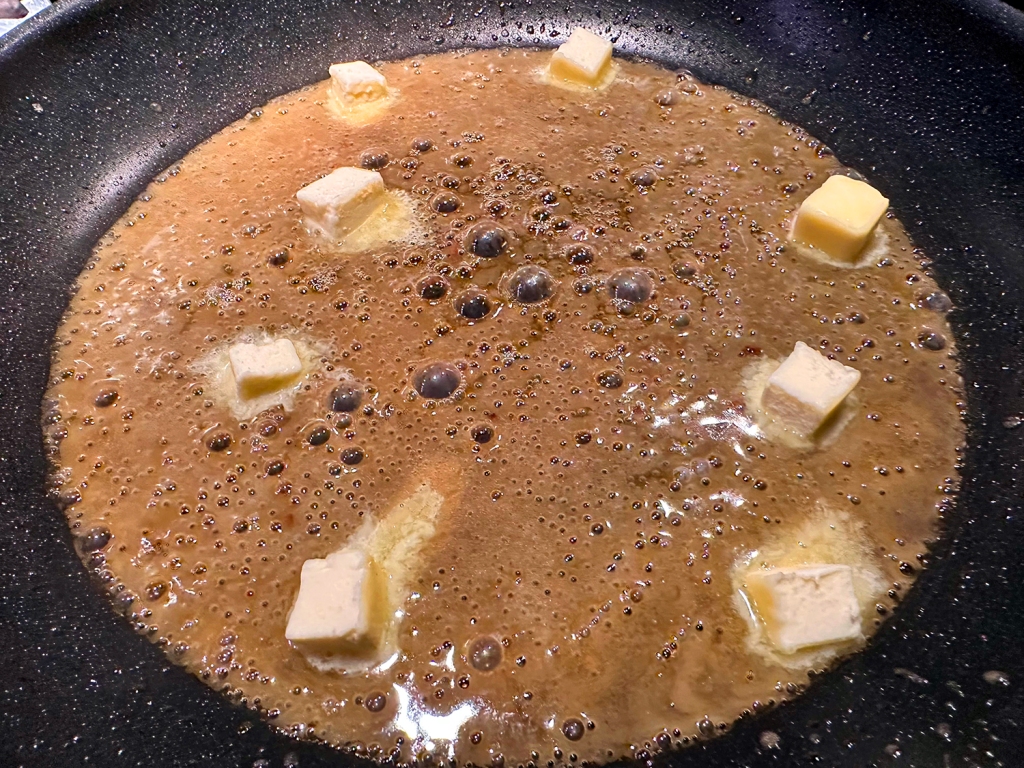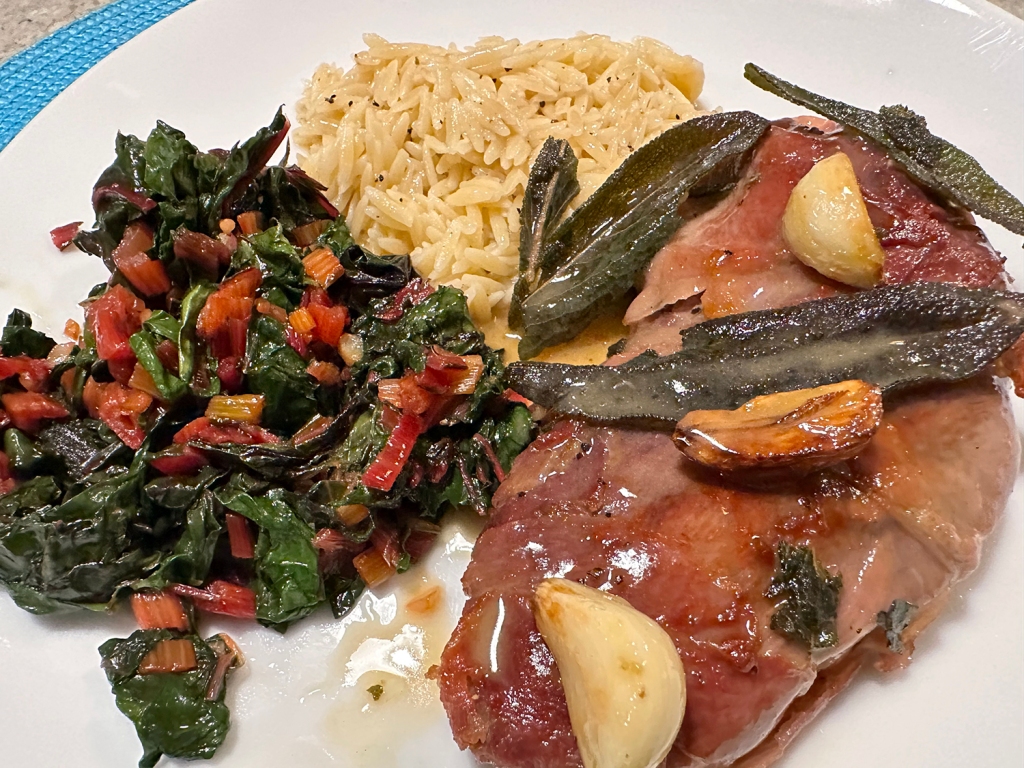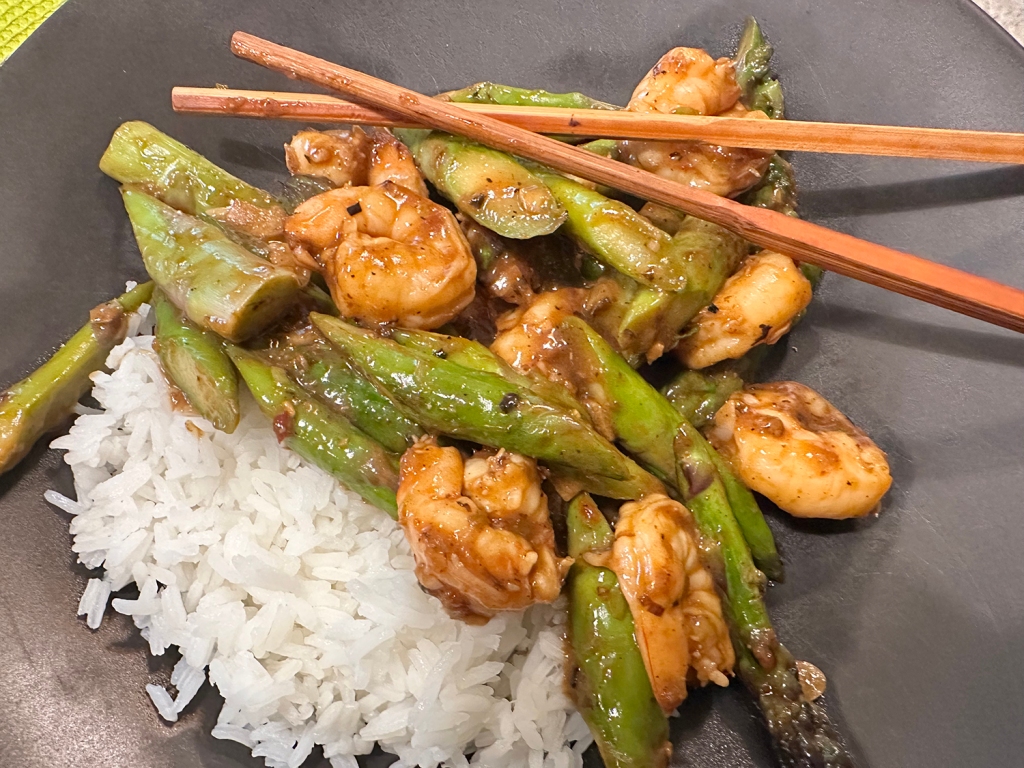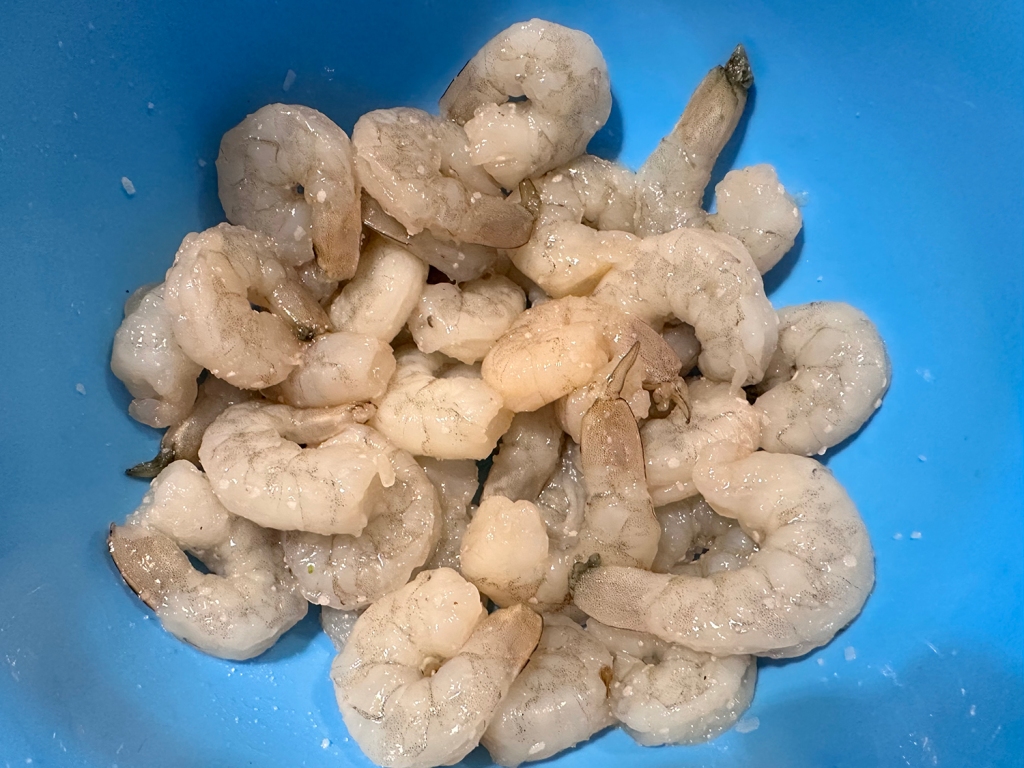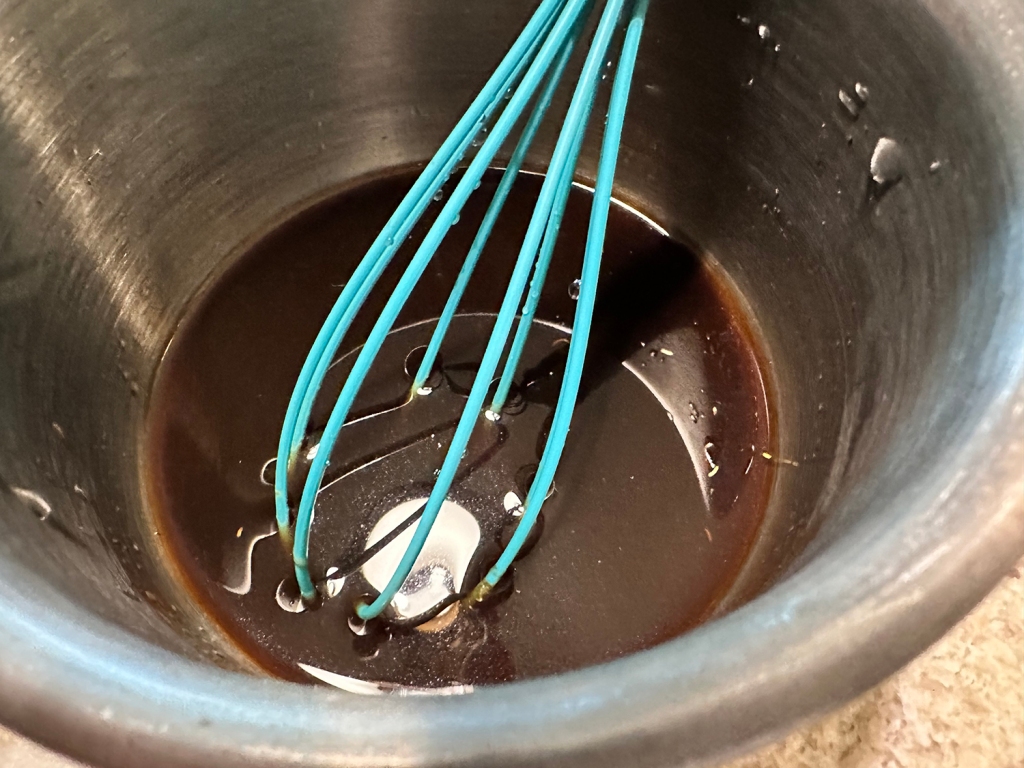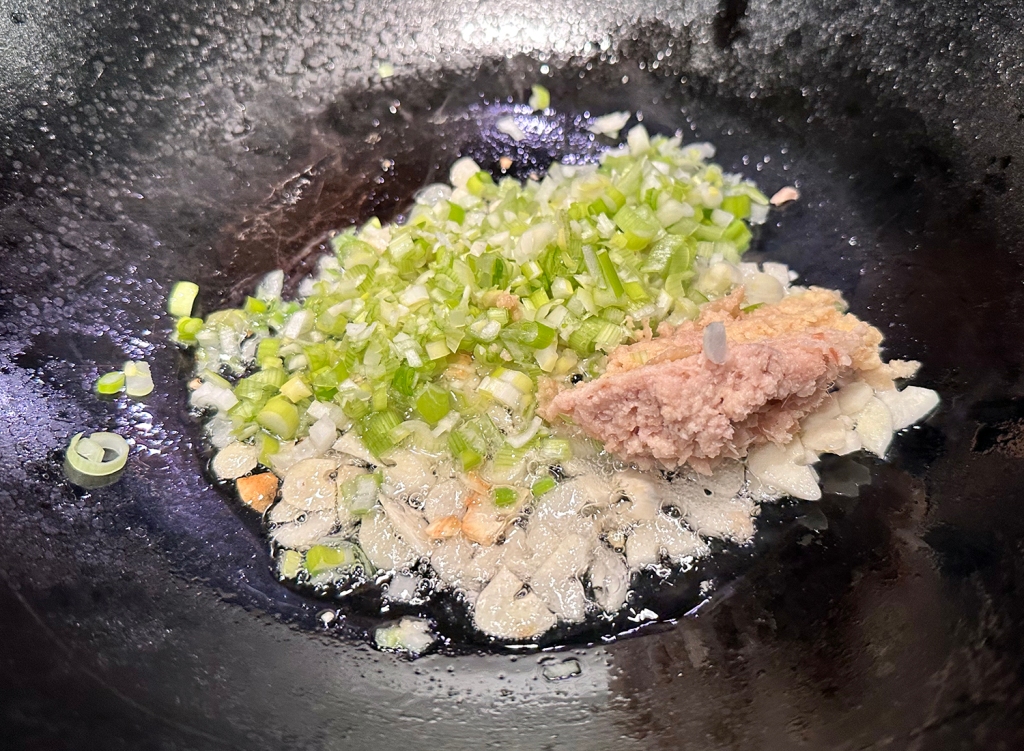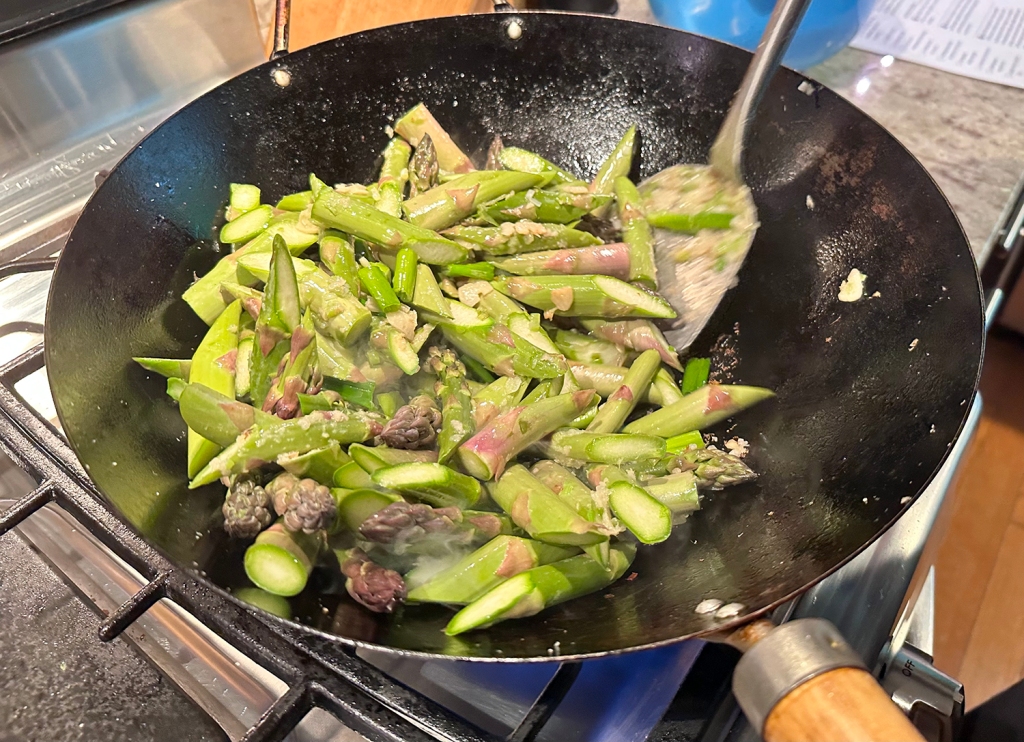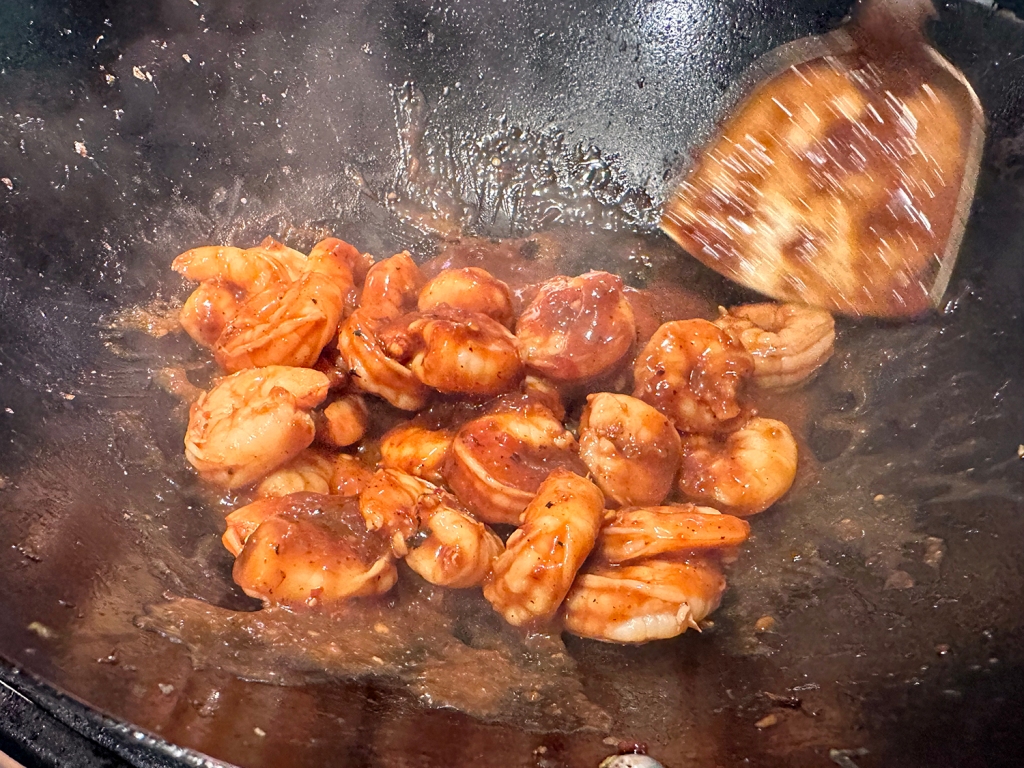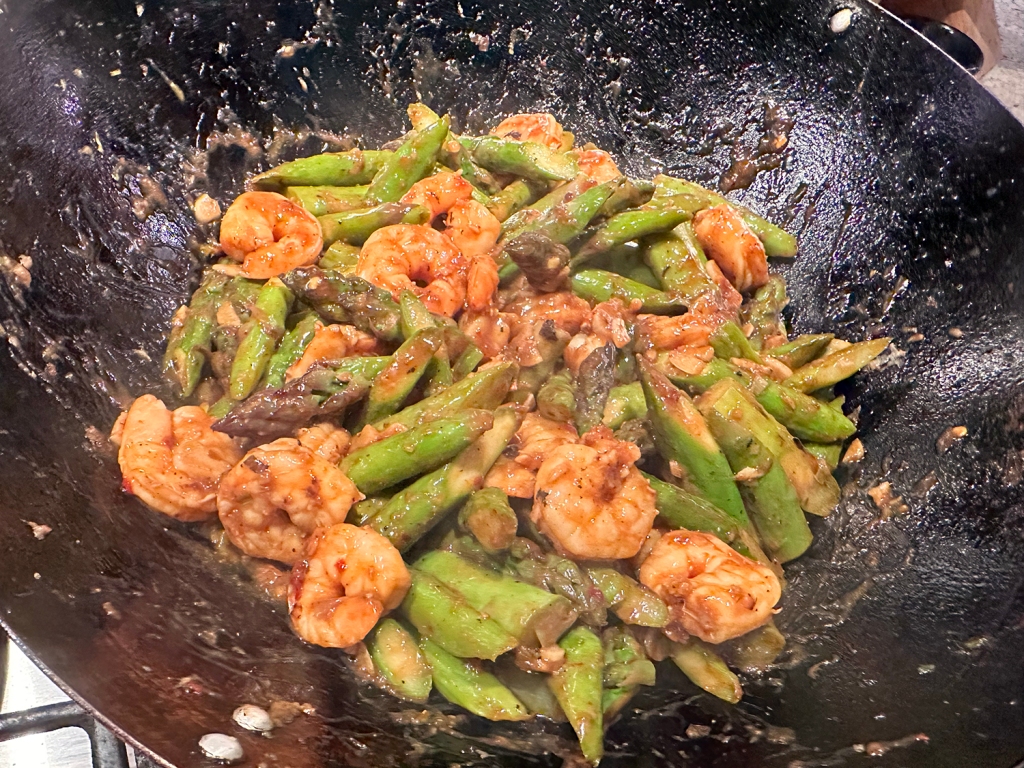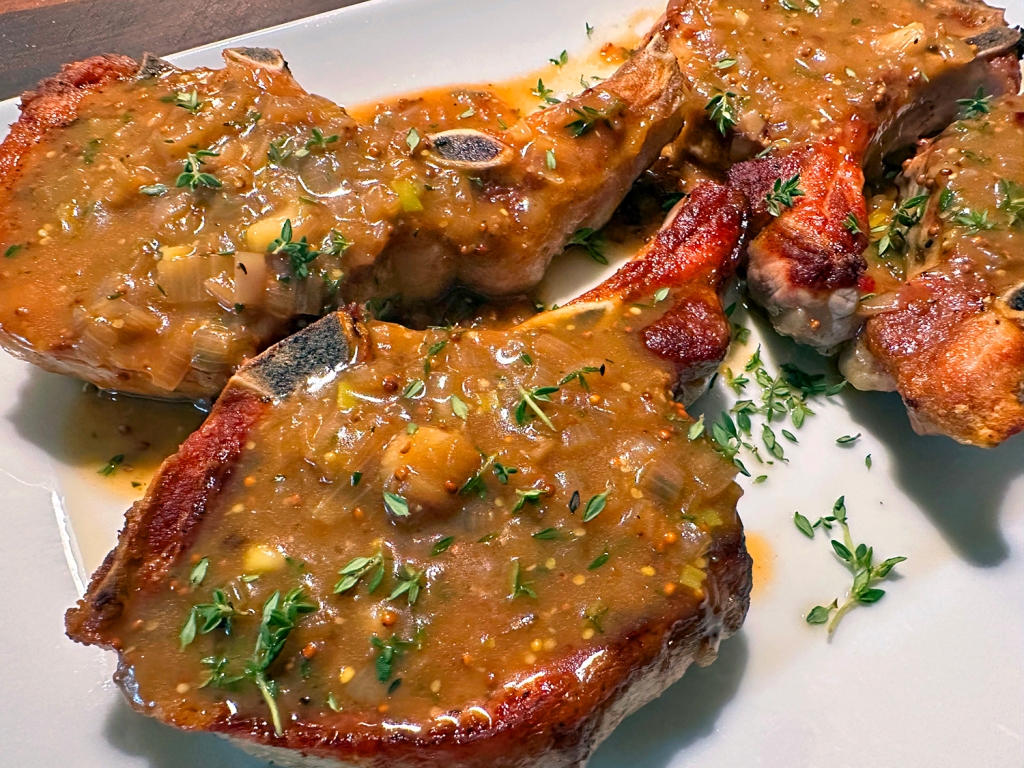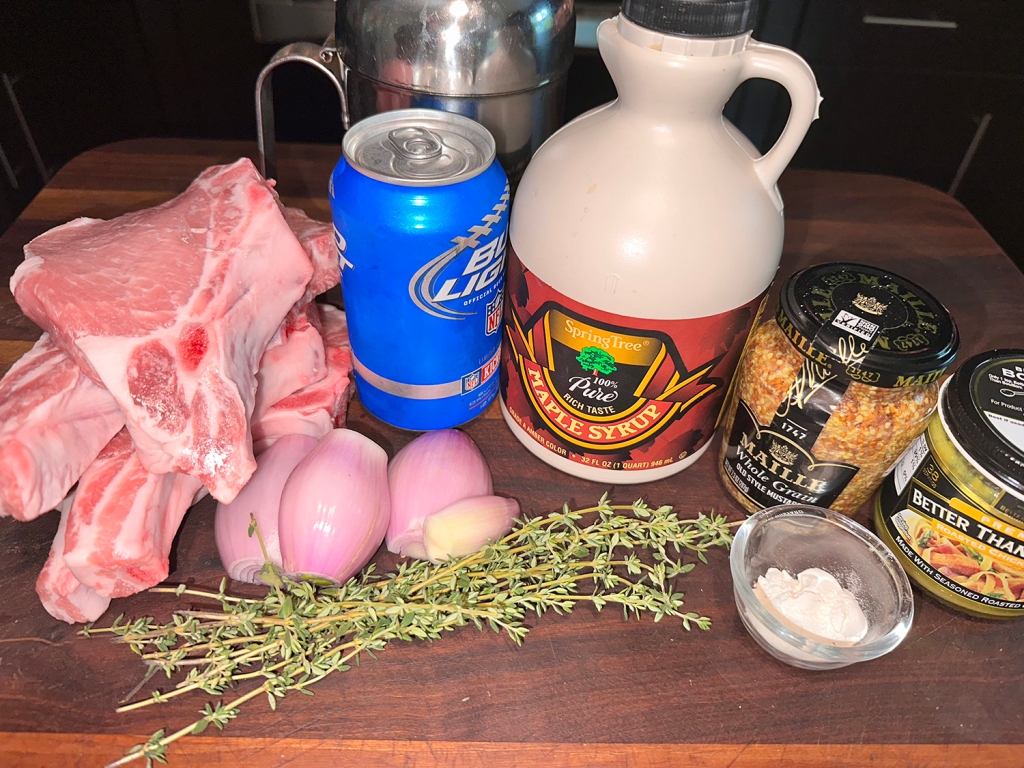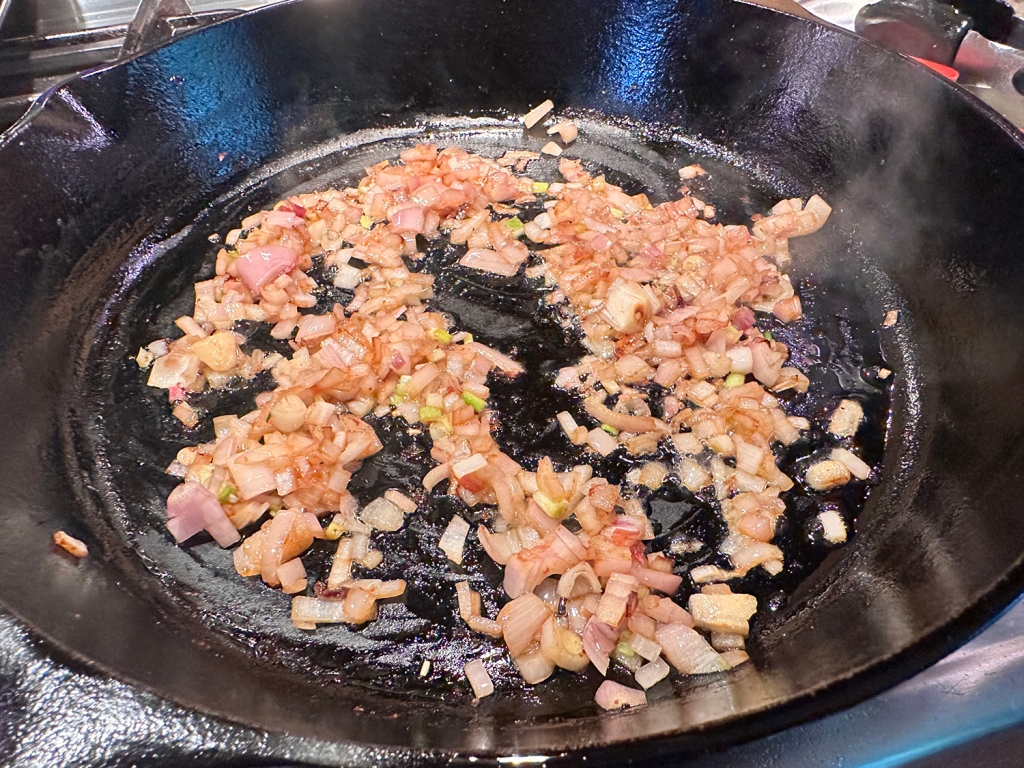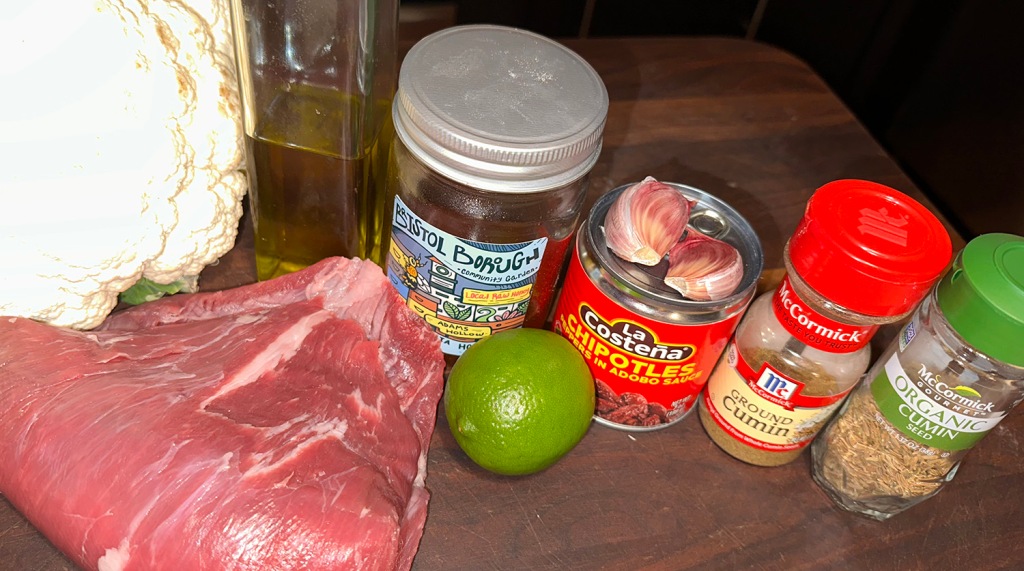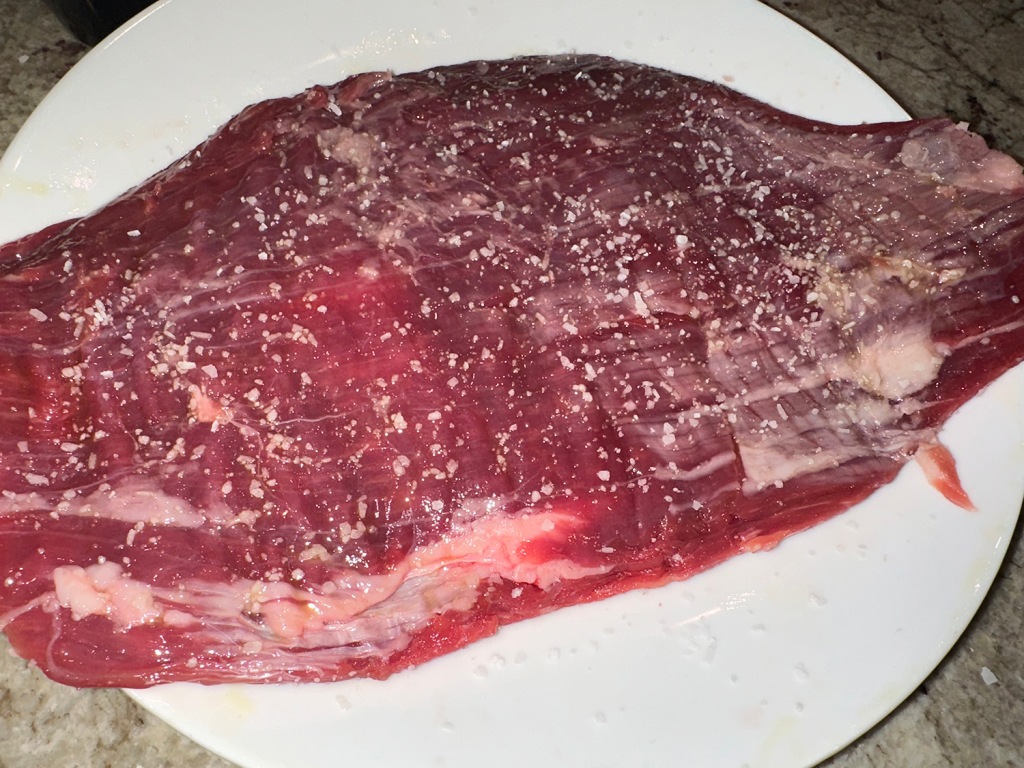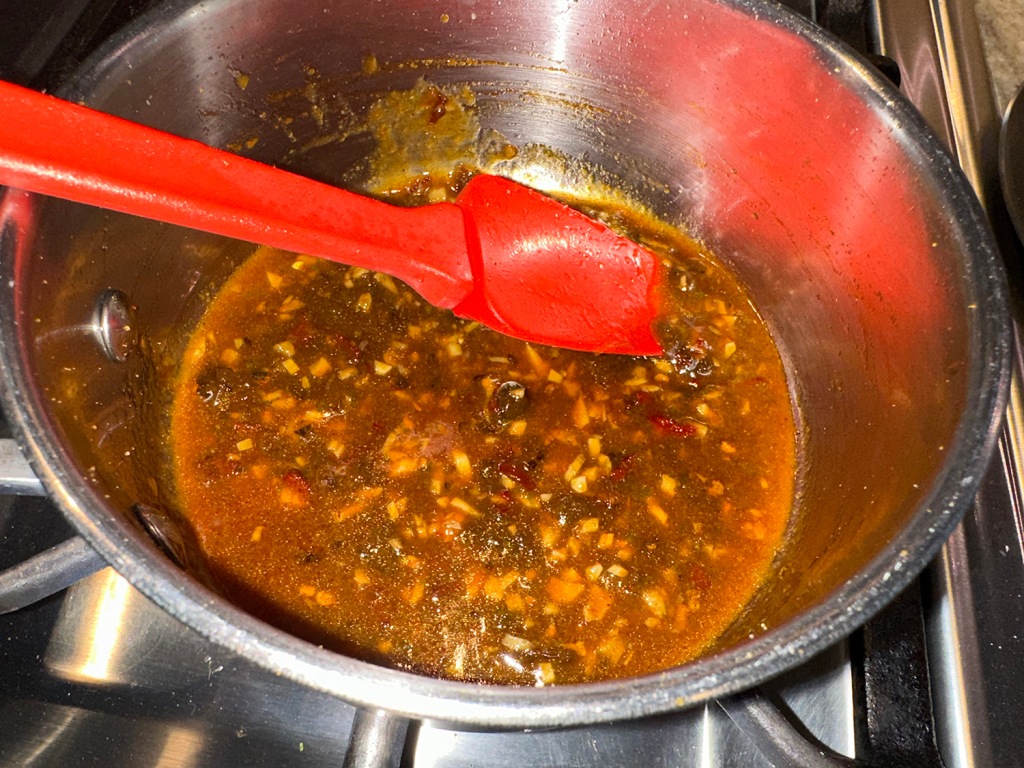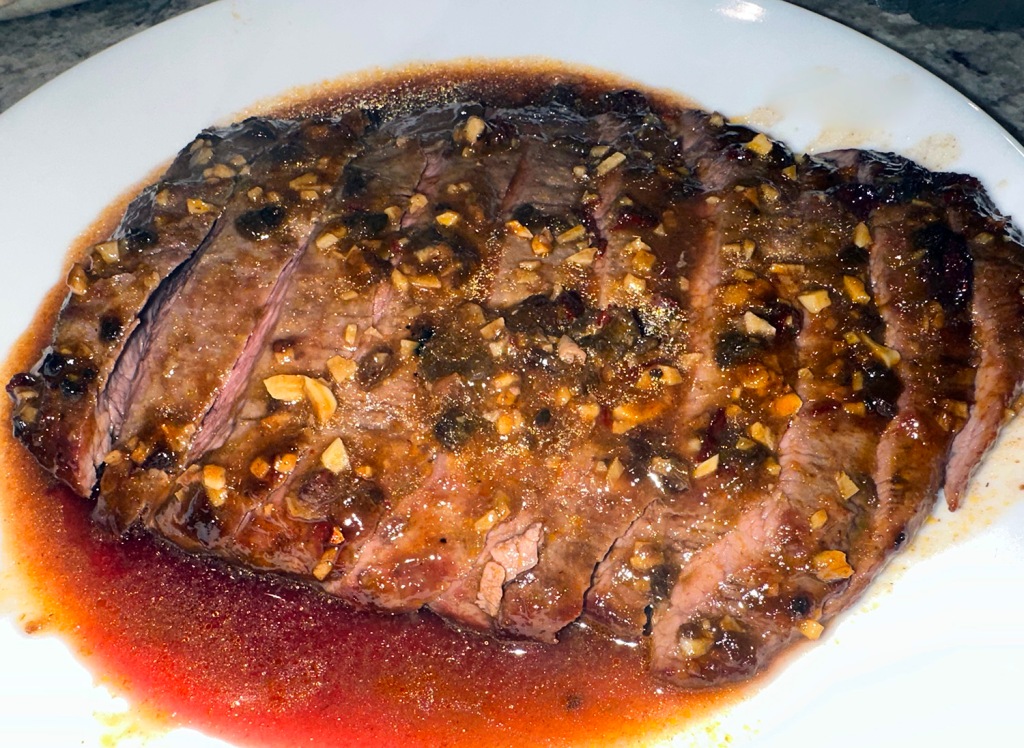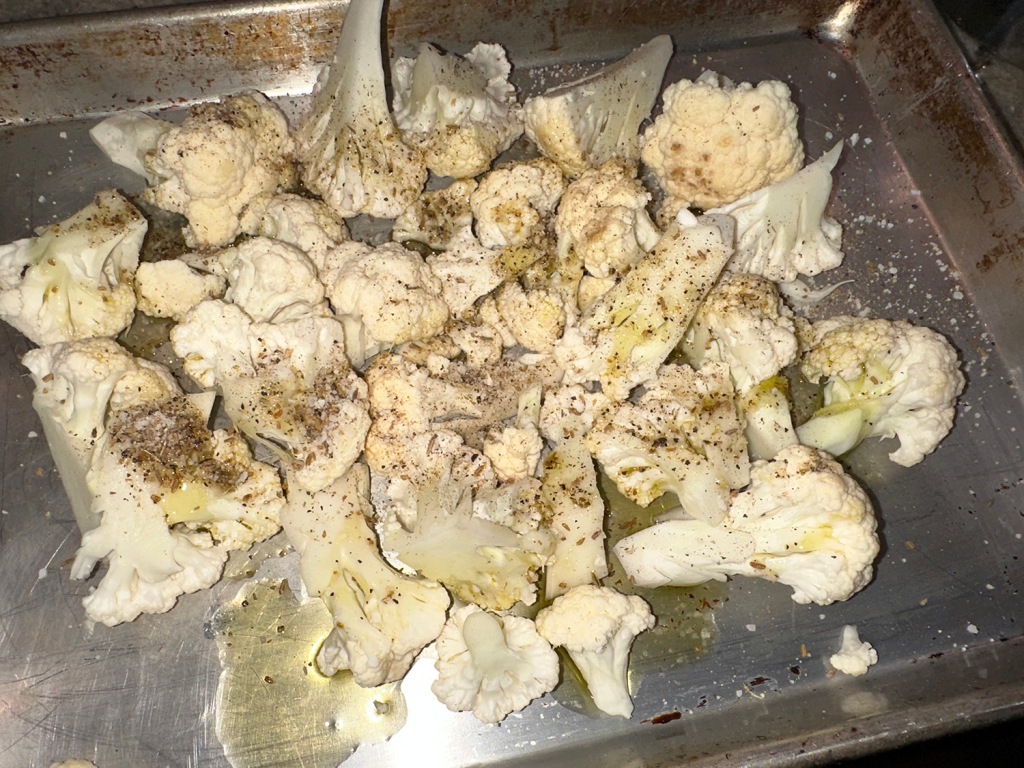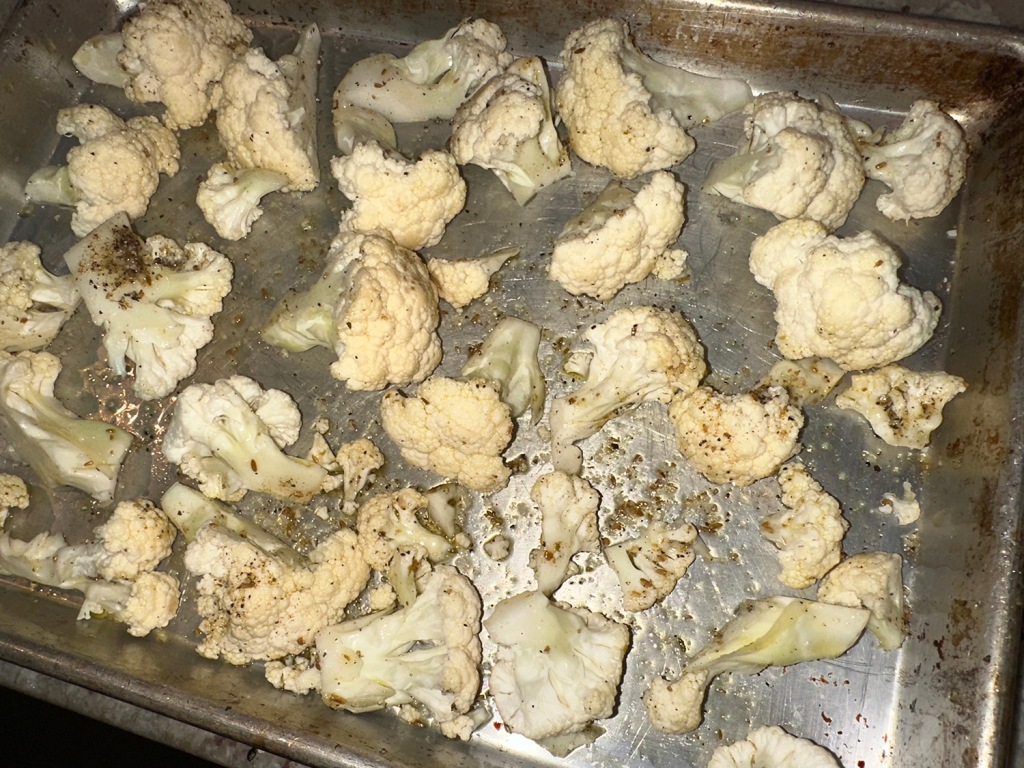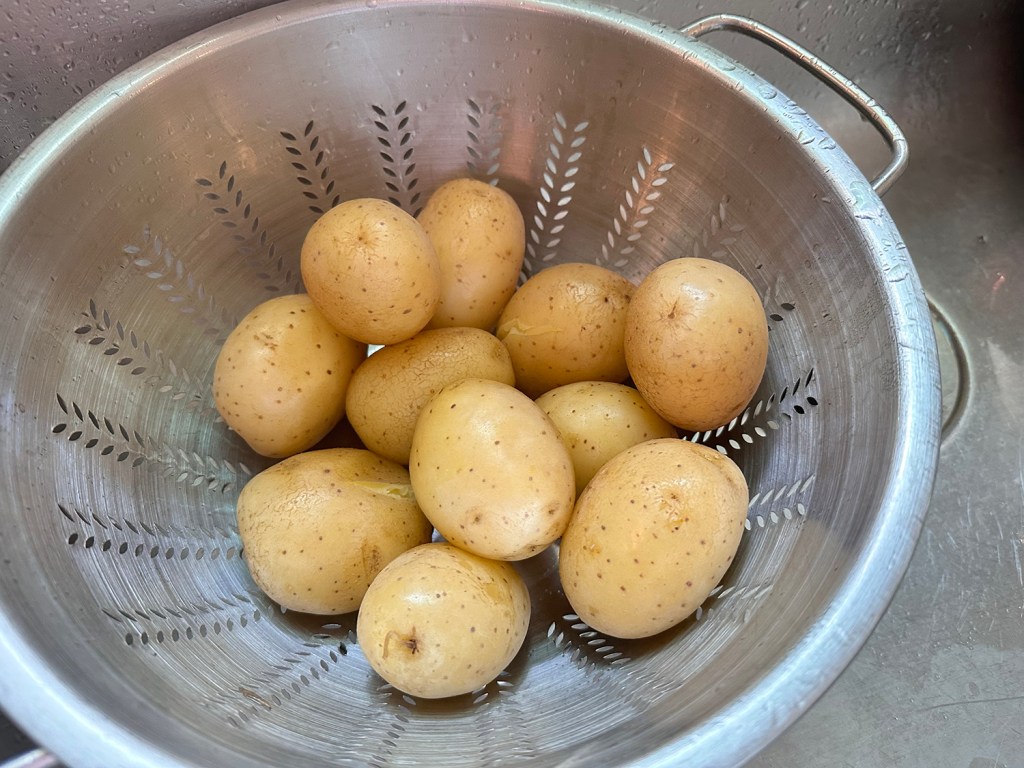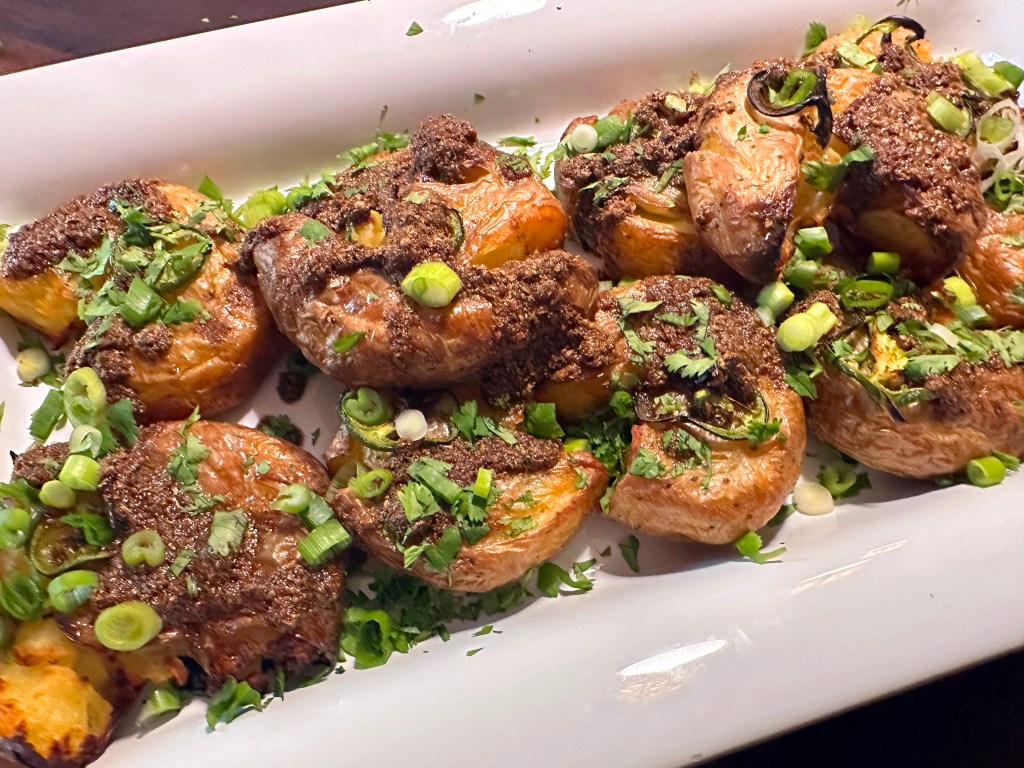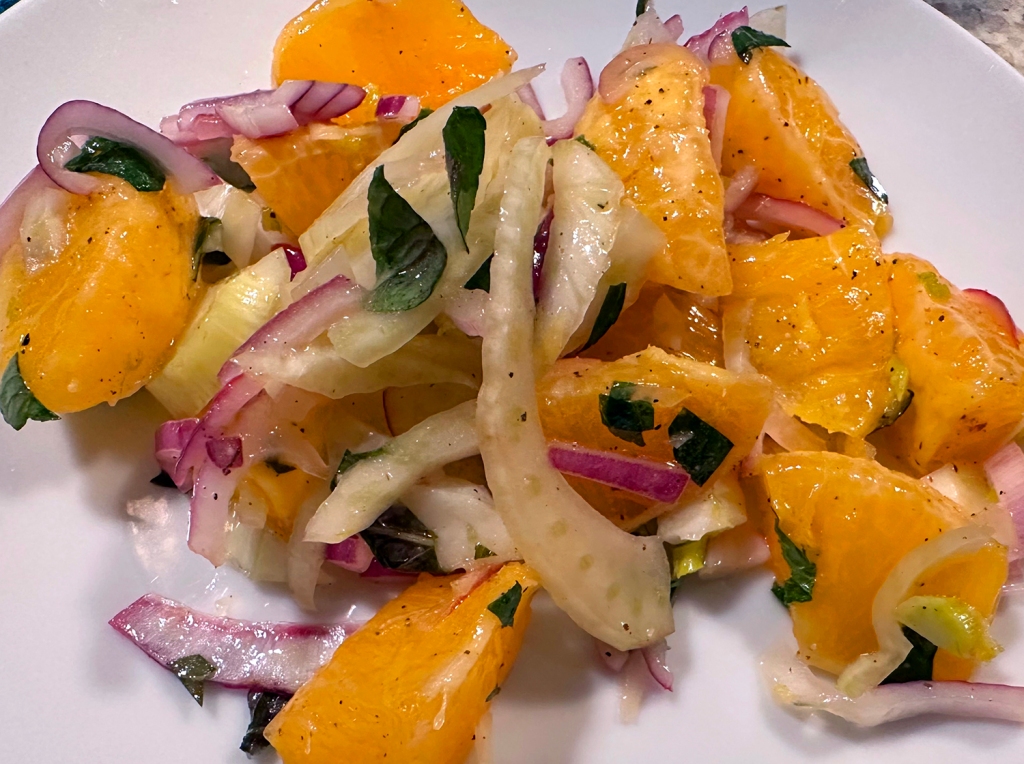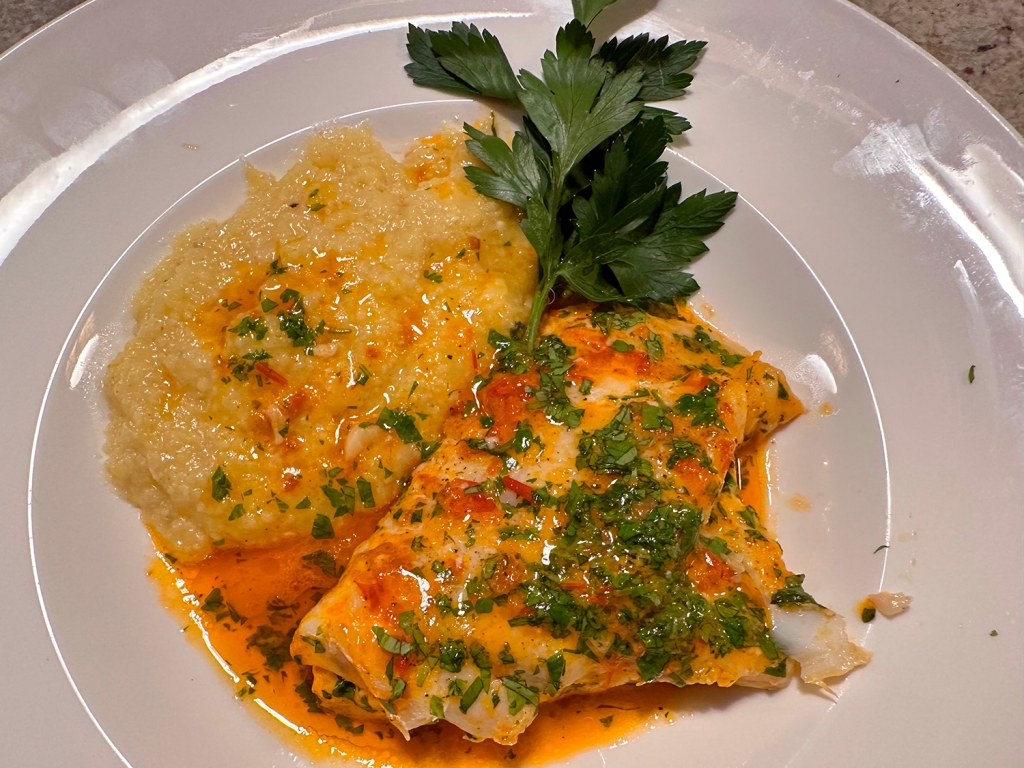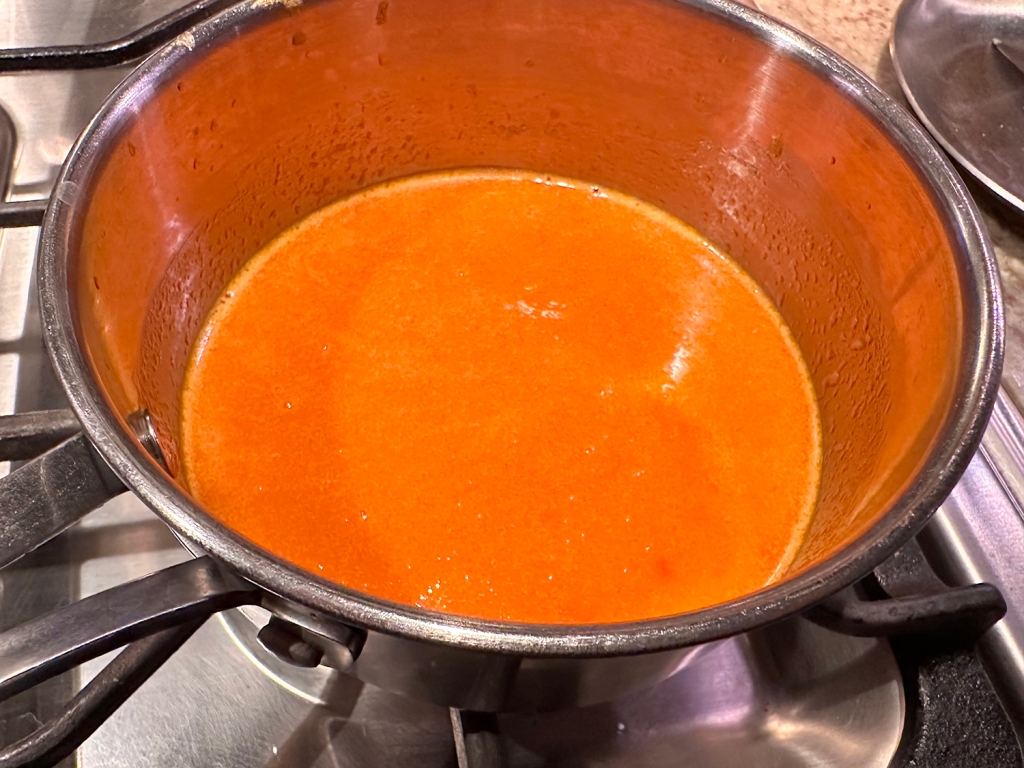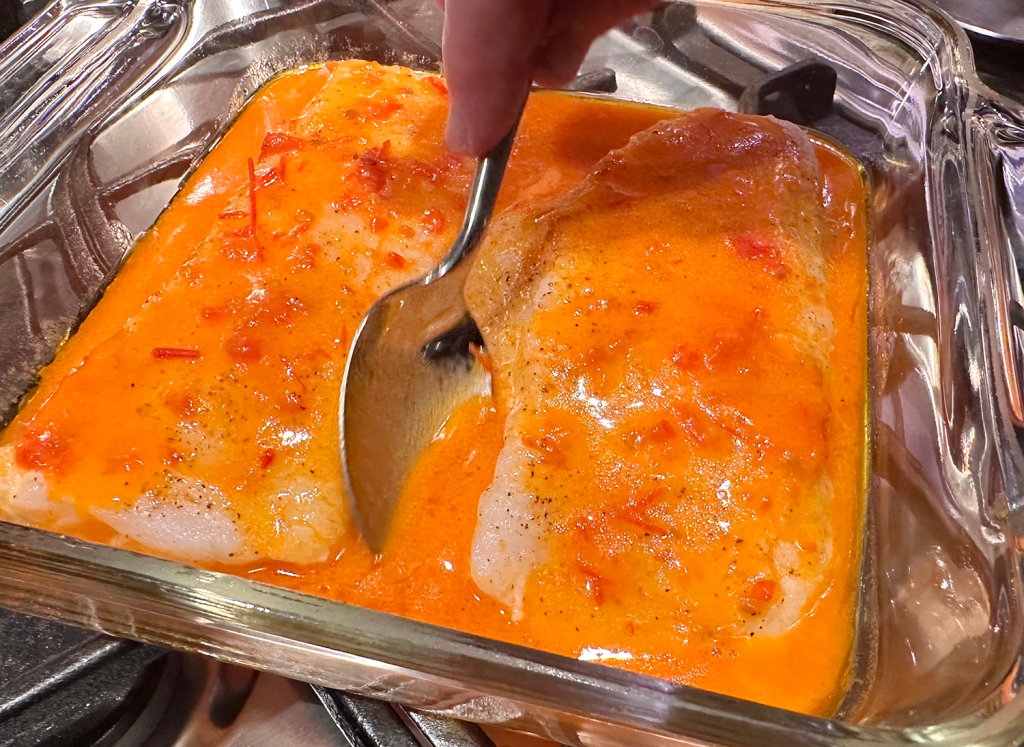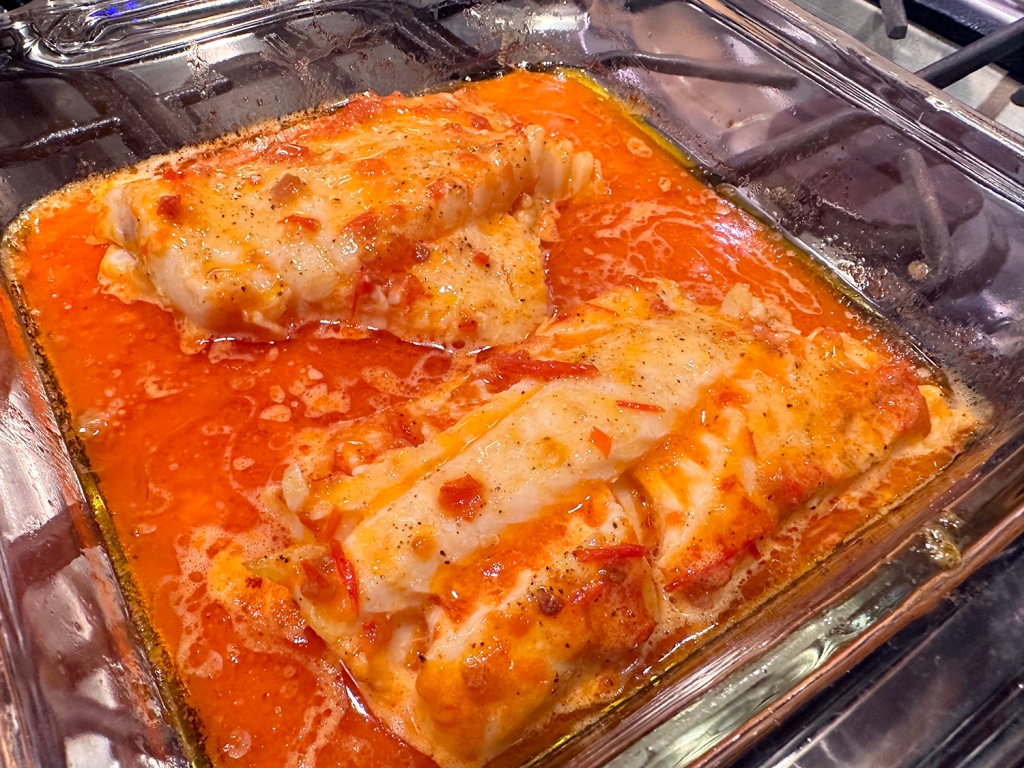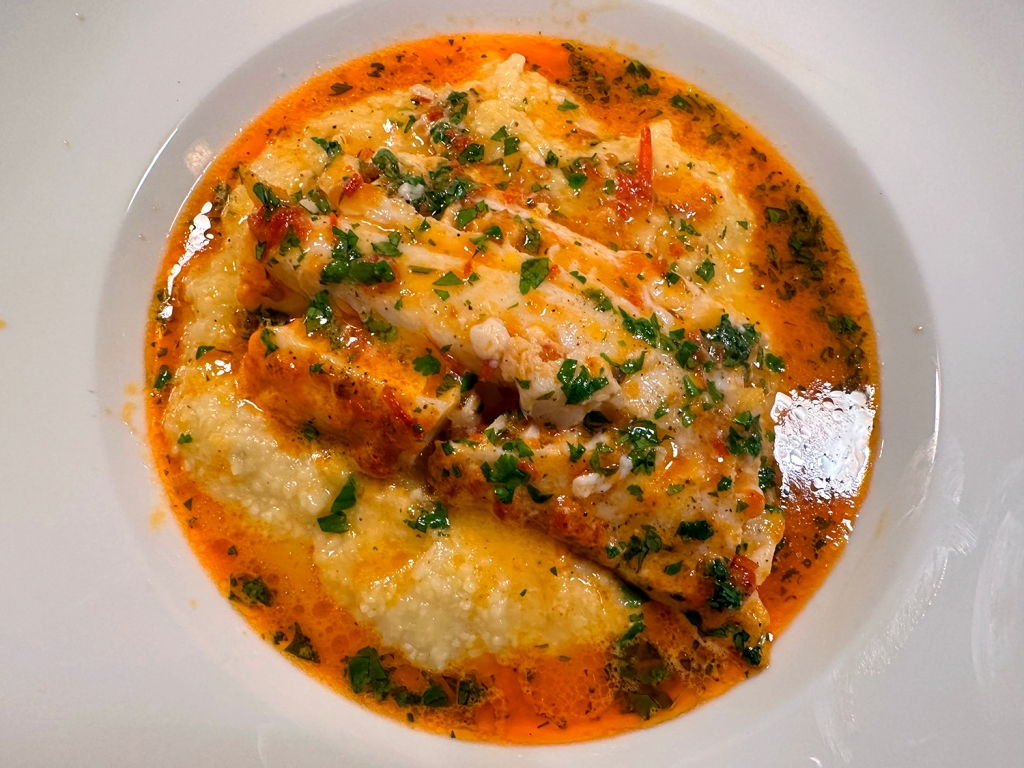Also known as Rossejat de Fideus, this Toasted Noodles with Shrimp dish is similar to paella, but instead of rice, uses slender noodles that have been toasted until richly browned. Here capellini pasta (aka angel hair) is used. Break it by hand into rough 1-inch pieces (do this over a bowl to keep the pieces contained).


Toasting brings out the nutty-wheaty notes of the pasta, which then is simmered in broth instead of water. You will need a broiler-safe 12-inch skillet for this recipe, as the noodles are first cooked on the stovetop, then browned under the broiler. This dish is traditionally served with aioli, a garlicky mayonnaise. The recipe below makes a quick, extra-lemony version using store-bought mayonnaise. We decided to use up an open jar of Stonewall brand garlic aioli.
Don’t use regular paprika. Smoked paprika gives this dish a very Spanish flavor profile. Before broiling the noodles, make sure most of the liquid has been absorbed; too much moisture in the pan will prevent the surface from crisping and browning. Don’t forget that the skillet handle will be hot after broiling; use a potholder or oven mitt.
Typically, we would incorporate our homemade chicken stock, but we were completely out, so we used a boxed brand. Then it hit us halfway through making the dish, we should have used our homemade seafood stock!!

Toasted Noodles with Shrimp
Ingredients
- ½ cup mayonnaise
- 1 tsp. grated lemon zest, plus 2 tablespoons lemon juice
- 3 garlic cloves, 1 finely grated, plus 2 thinly sliced
- 1 lb. extra-large (21/25 per lb.) shrimp, peeled and deveined
- 2 tsp. smoked sweet paprika, divided
- Kosher salt and ground black pepper
- 3 Tbsp. extra-virgin olive oil, divided
- 6 oz. capellini pasta, broken into rough 1-inch pieces (see note)
- 1 small yellow onion, finely chopped
- 1 plum tomato, cored and chopped
- 2 cups chicken broth or seafood stock, preferably homemade
- 1 pinch saffron threads
- ¼ cup lightly packed fresh flat-leaf parsley, chopped
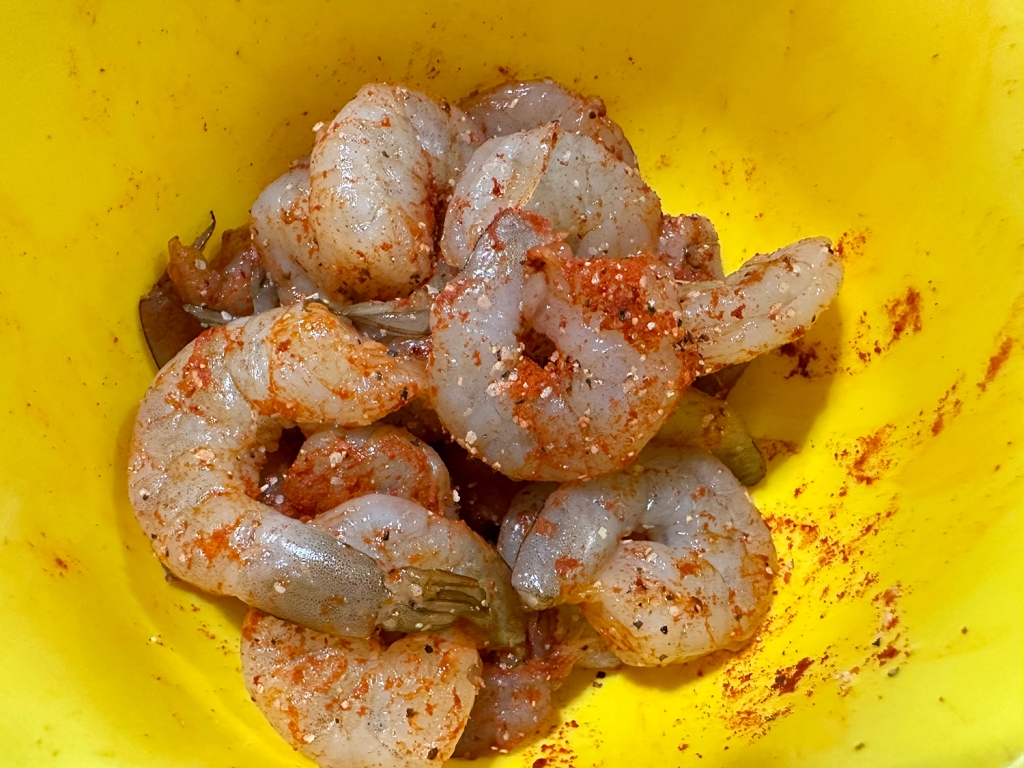

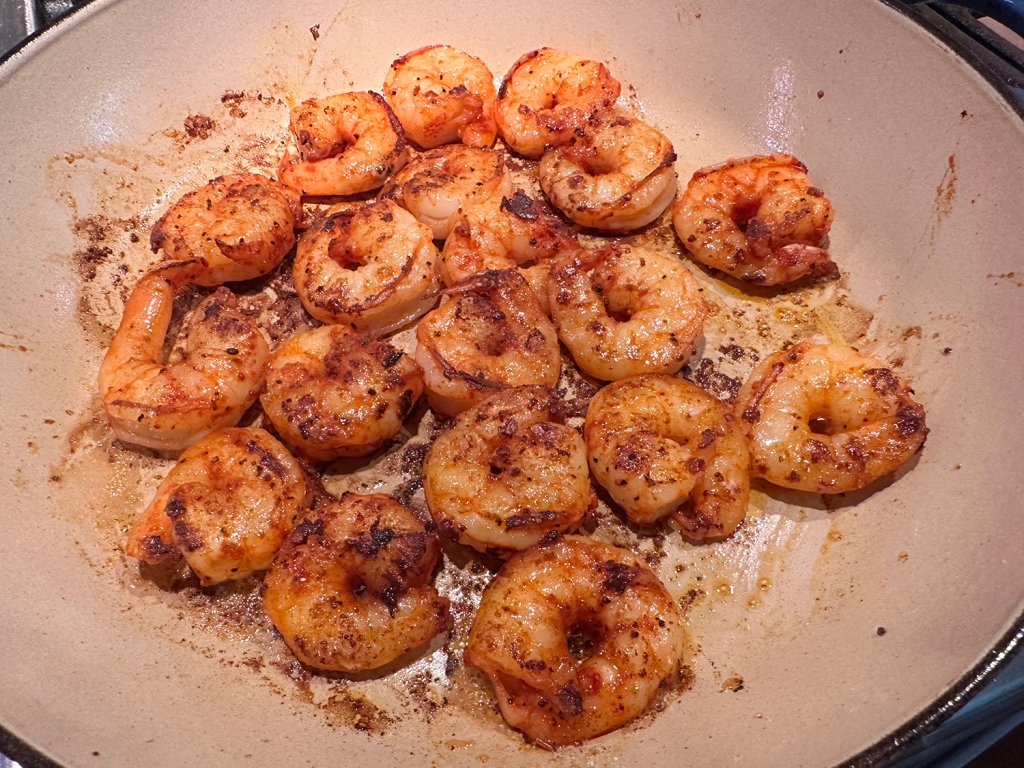
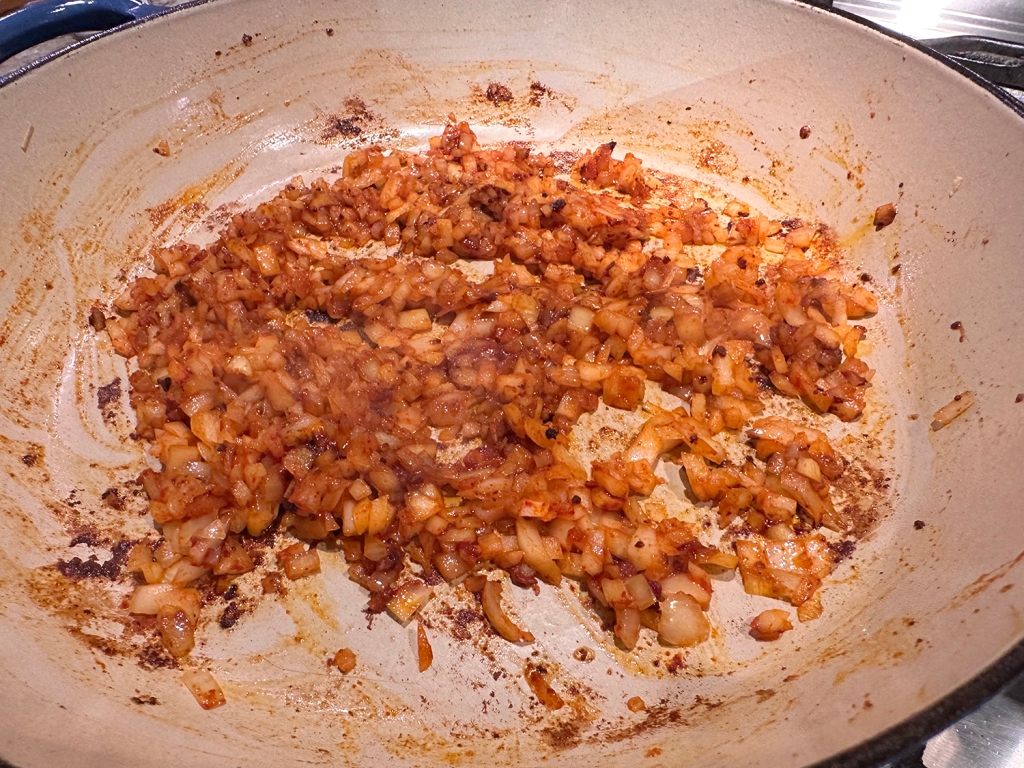

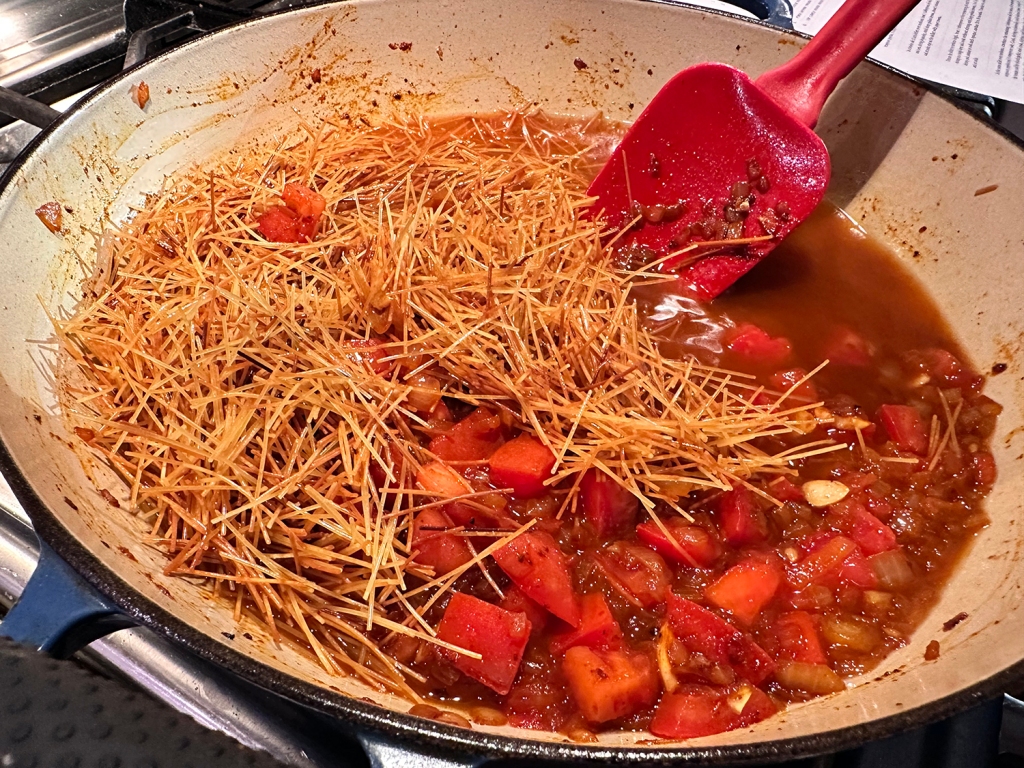
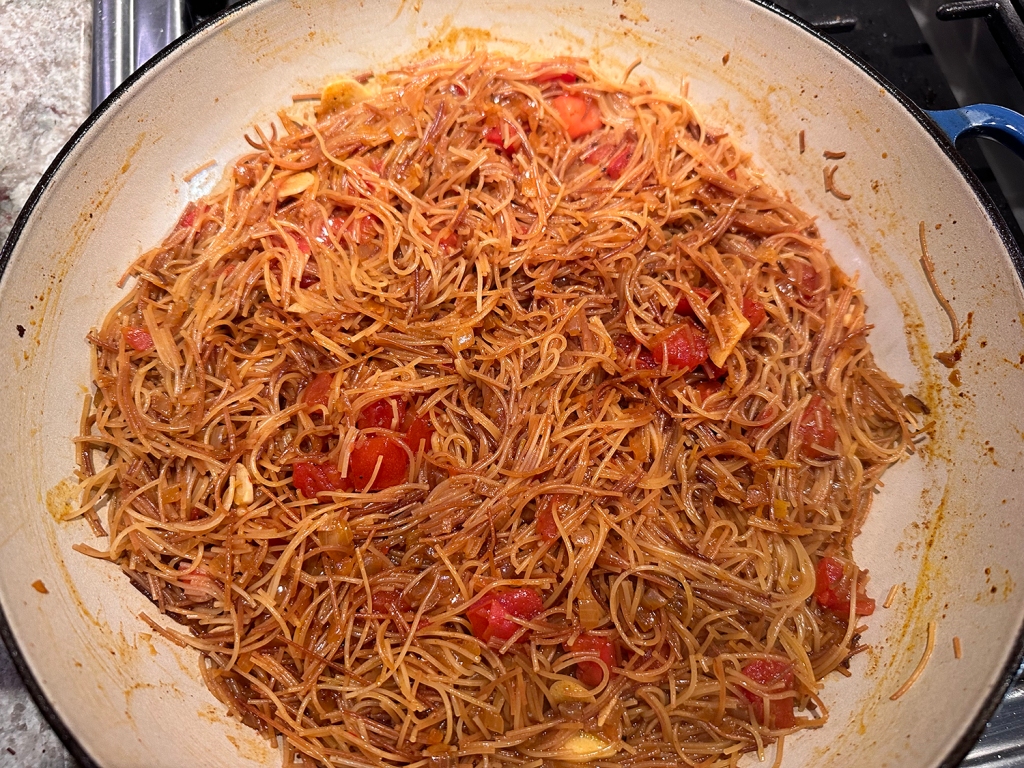
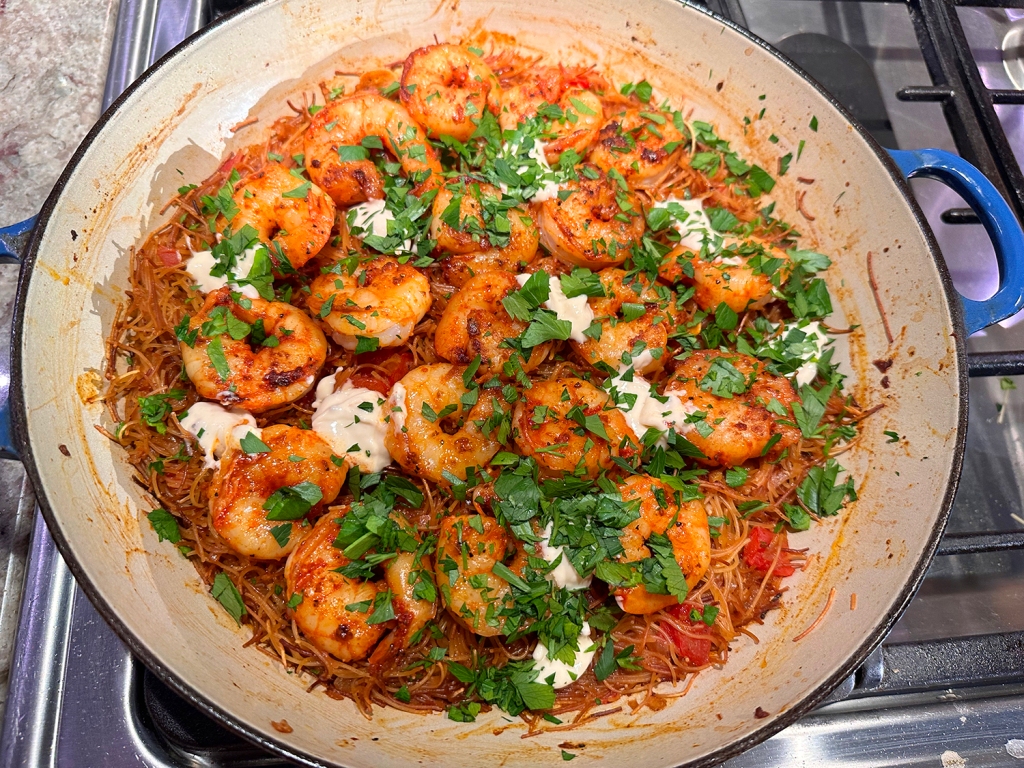
Directions
- In a small bowl, stir together the mayonnaise, lemon zest and juice and the grated garlic. Cover and refrigerate until ready to use. (Or use a store-bought brand.)
- Heat the broiler with a rack about 6 inches from the heat. In a medium bowl, toss the shrimp with 1 teaspoon paprika, ¾ teaspoon salt and ¼ teaspoon pepper; set aside.
- In a broiler-safe 12-inch skillet over medium, heat 1 tablespoon of oil until shimmering. Add the pasta and cook, stirring frequently, until deep golden brown, about 5 minutes. Transfer to a medium bowl and set aside; wipe out the skillet with paper towels.
- Return the skillet to medium-high, heat 1 tablespoon of the remaining oil until barely smoking. Add the shrimp in a single layer and cook without stirring until deep golden brown, 1 to 2 minutes. Flip the shrimp and continue to cook until opaque, another 20 to 30 seconds. Transfer to a plate, tent with foil and set aside.
- In the same skillet over medium, combine the remaining 1 tablespoon oil, the onion, the remaining 1 teaspoon paprika and ½ teaspoon salt. Cook, stirring occasionally, until softened, about 5 minutes. Add the tomato and the sliced garlic and cook, stirring, until fragrant, about 30 seconds.
- Stir in the toasted pasta, the broth and the saffron. Bring to a boil over medium-high, then reduce to medium and cook, uncovered, stirring occasionally, until almost all of the liquid has been absorbed, 3 to 5 minutes.
- Place the skillet under the broiler and cook until the surface is crisp and the tips of the noodles begin to brown, 3 to 5 minutes.
- Remove from the broiler, then top with the shrimp and drizzle with the accumulated juices. Spoon on some of the mayonnaise and sprinkle with the parsley; serve the remaining mayonnaise mixture on the side.
Adapted from a recipe for Milk Street










